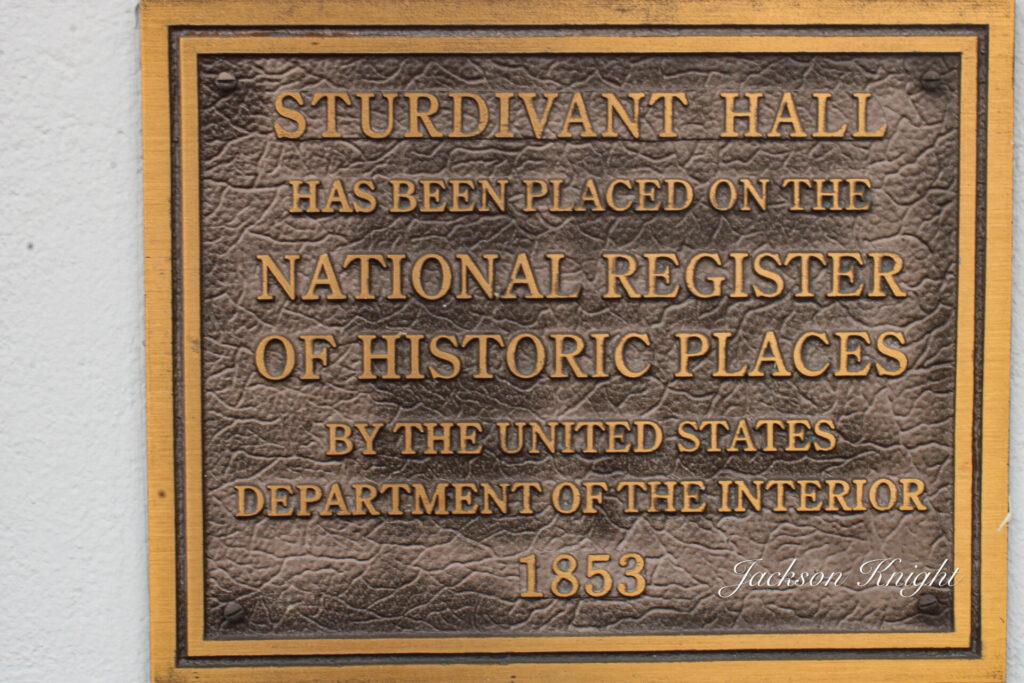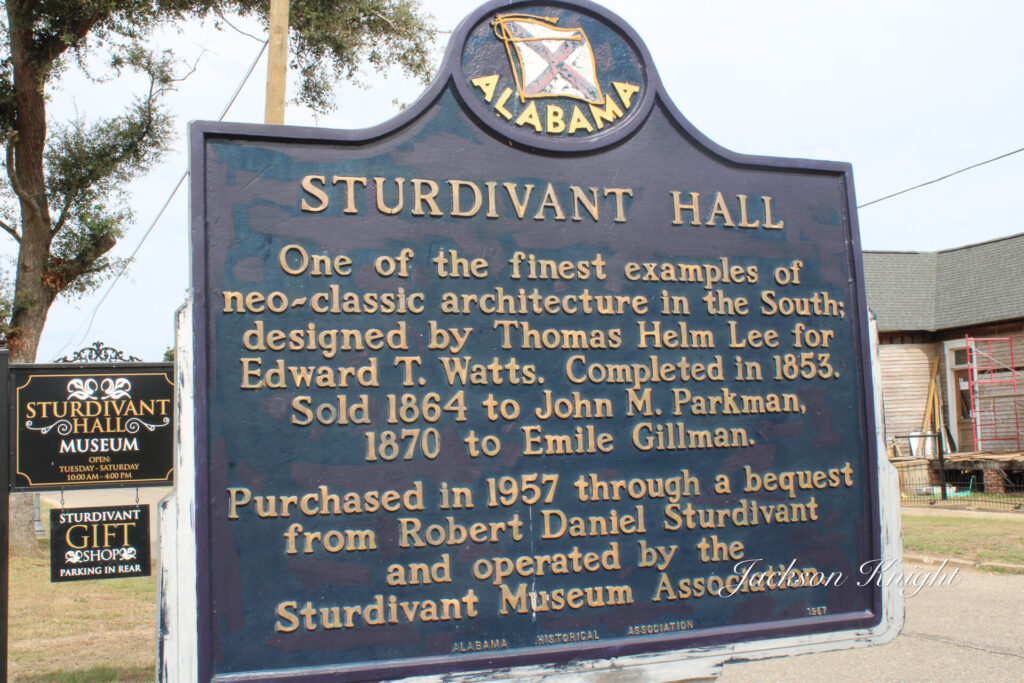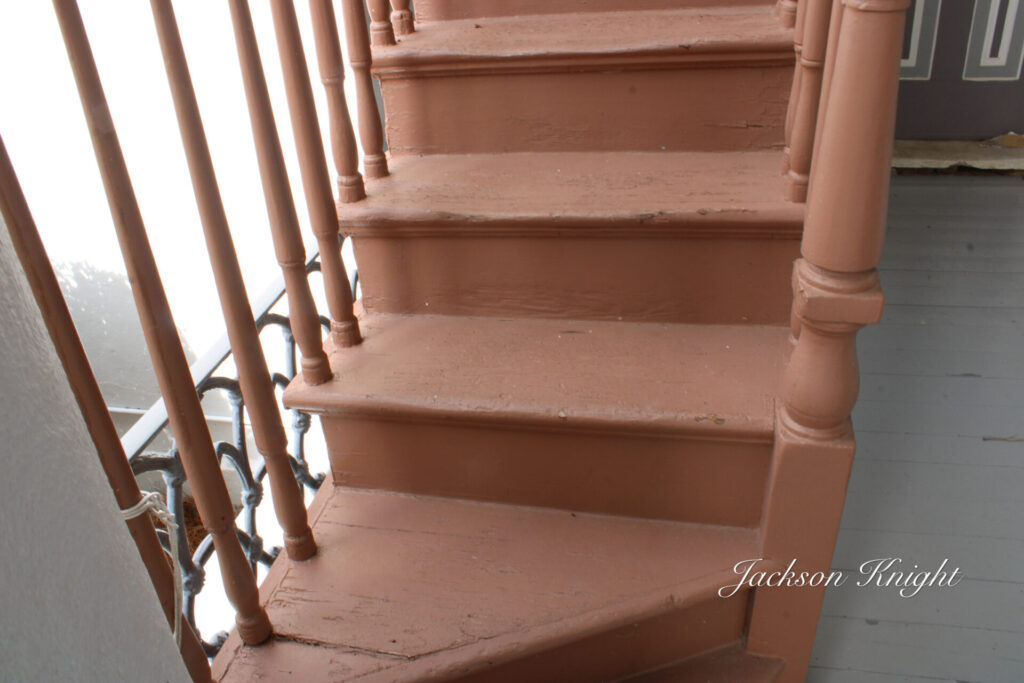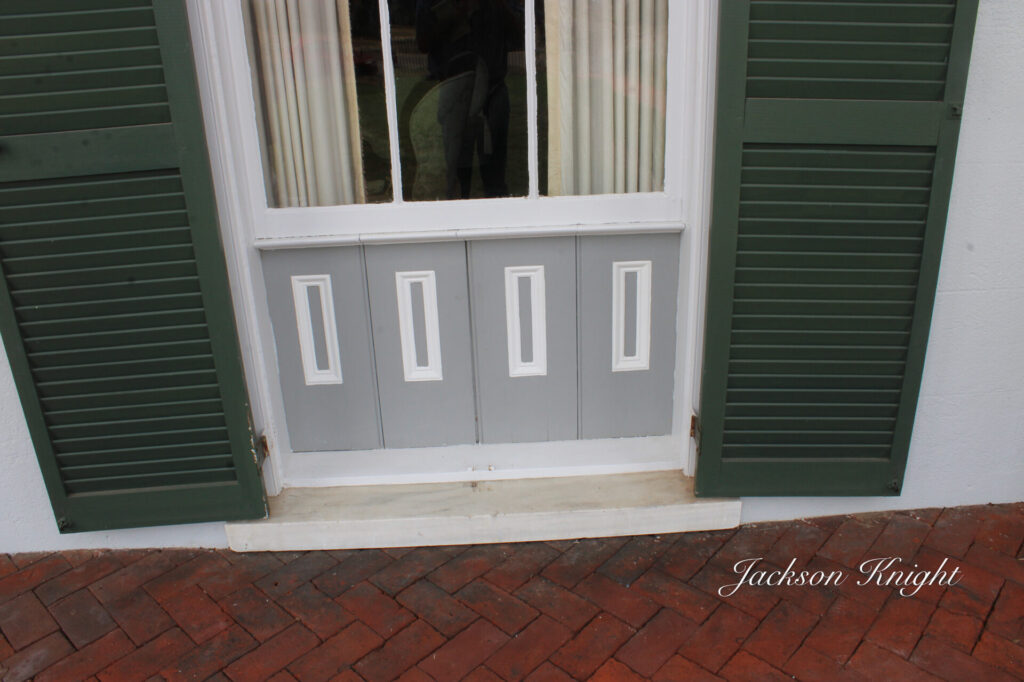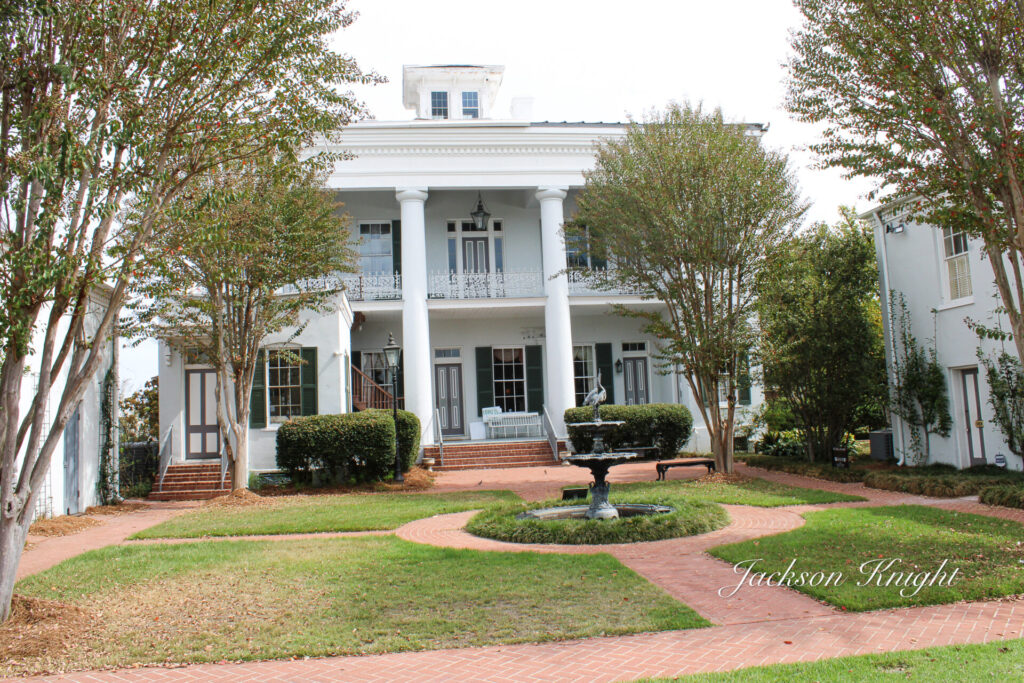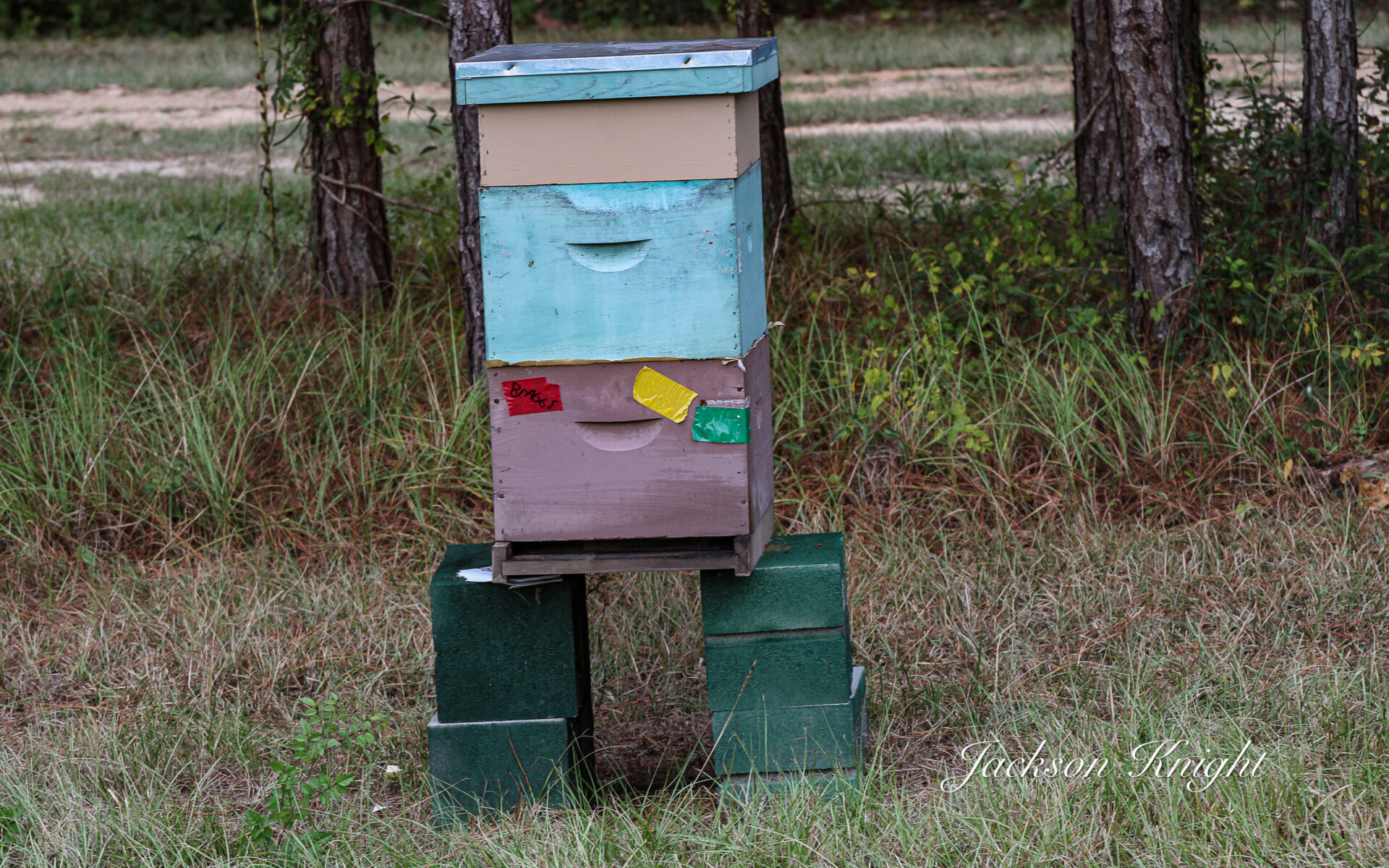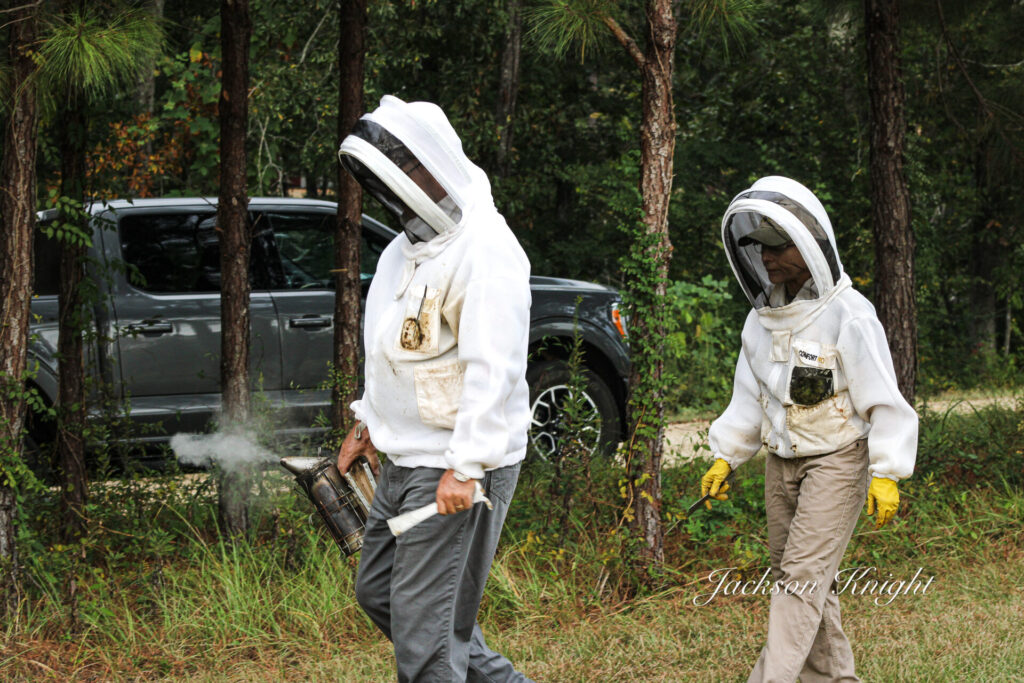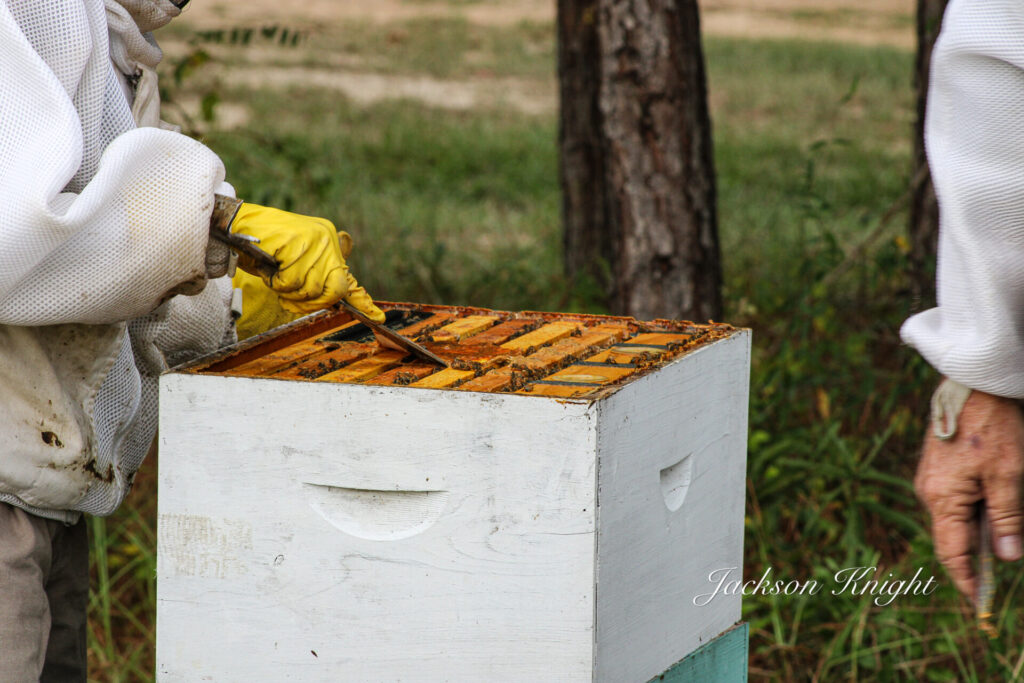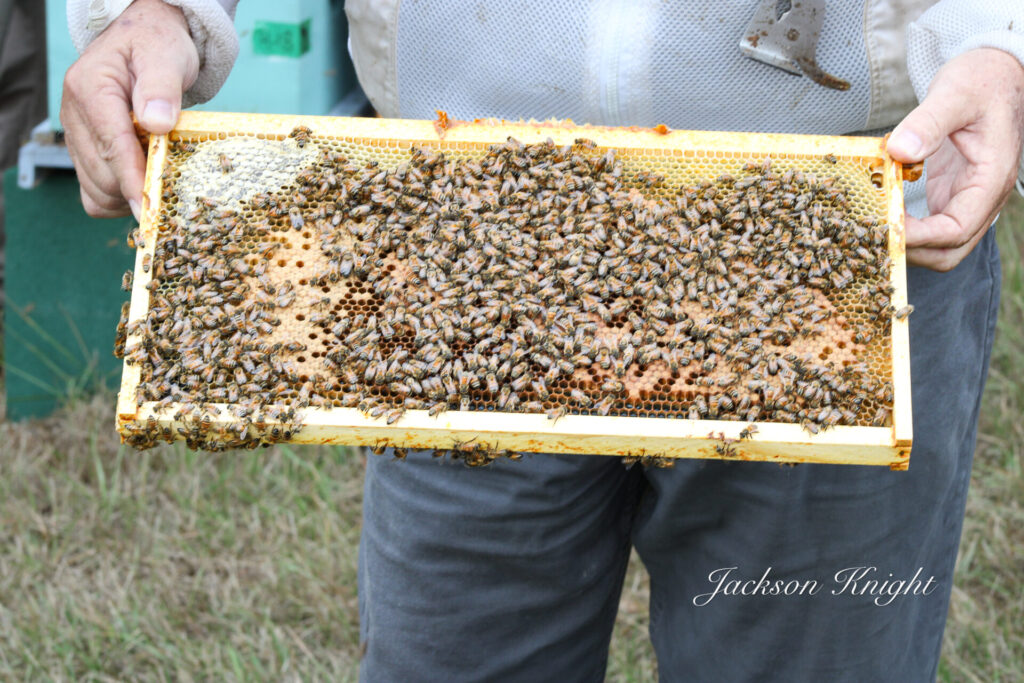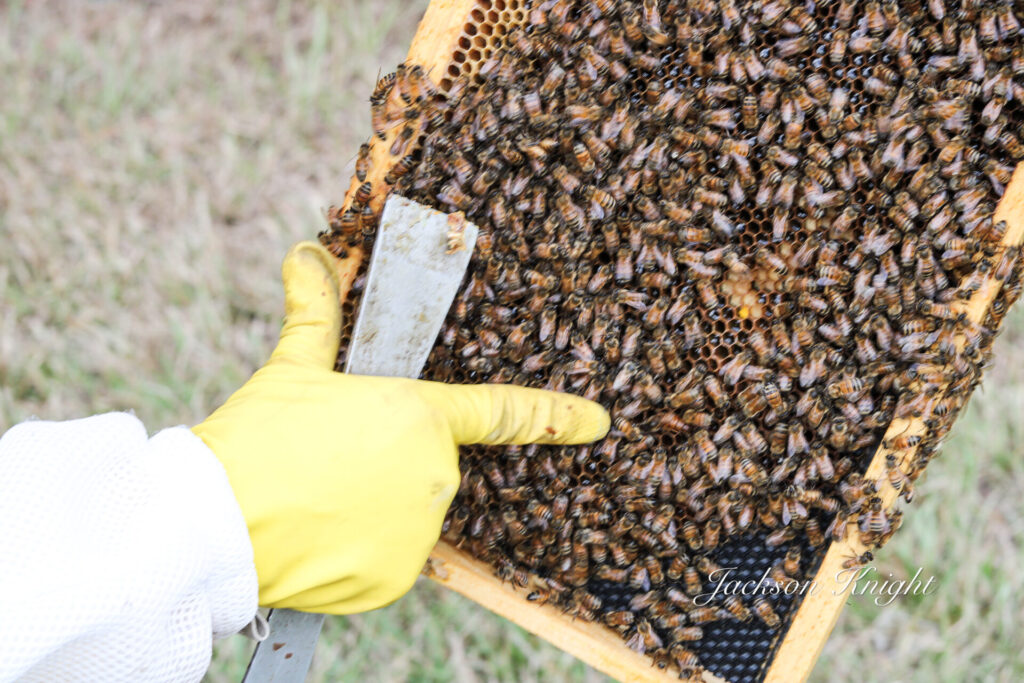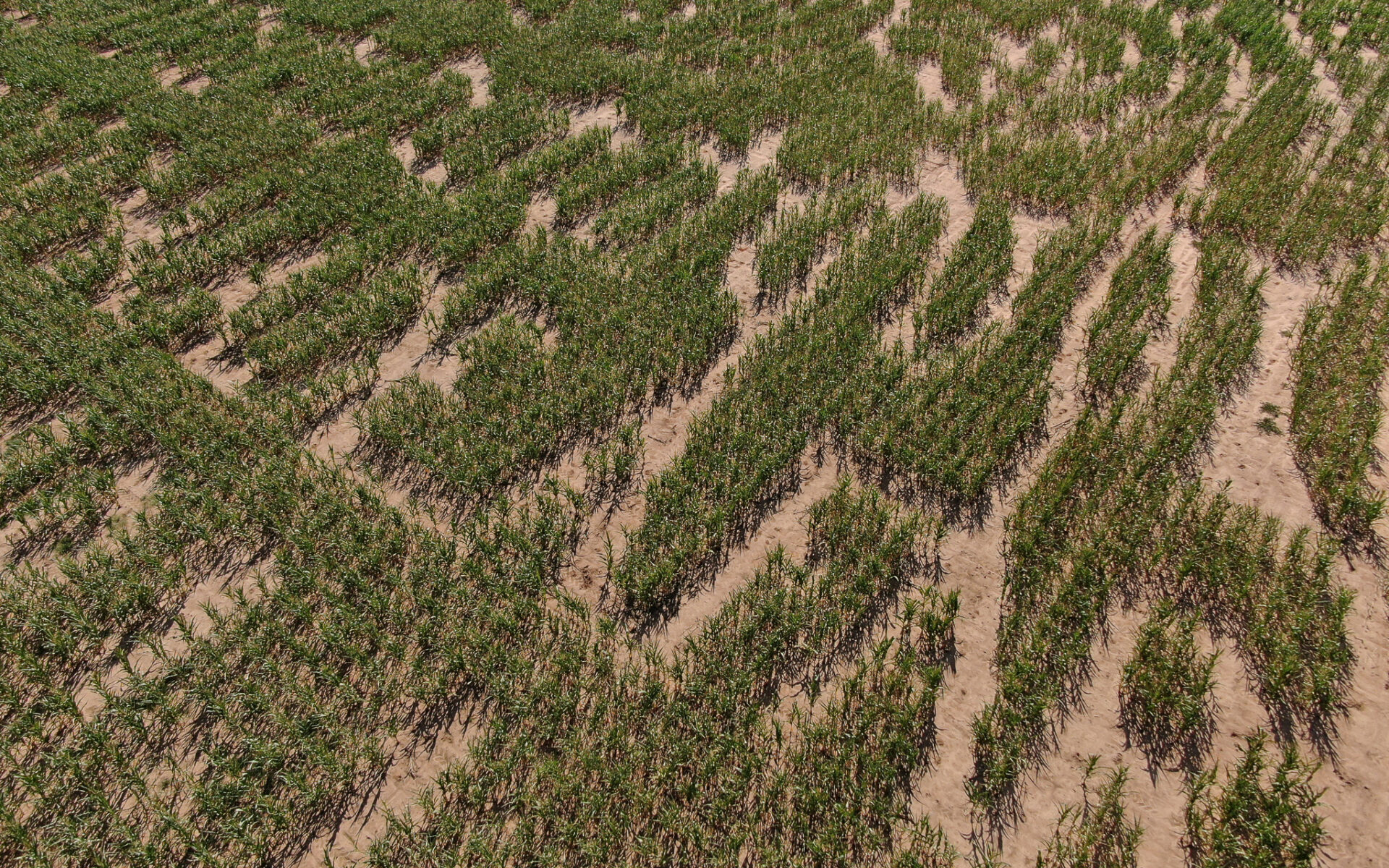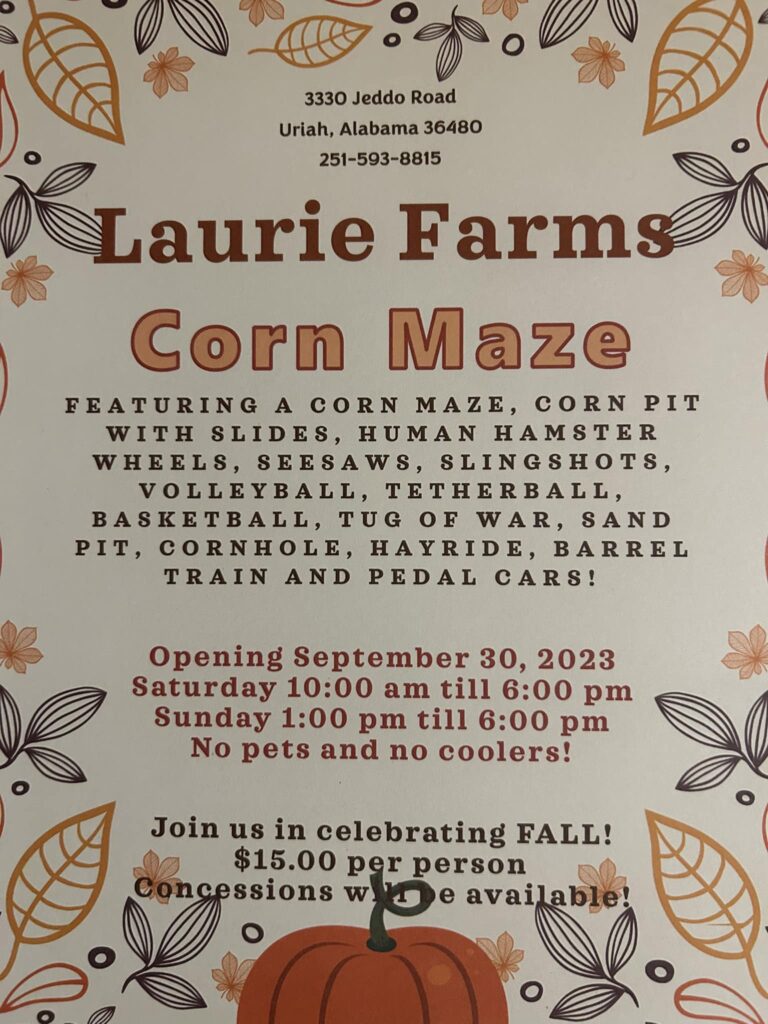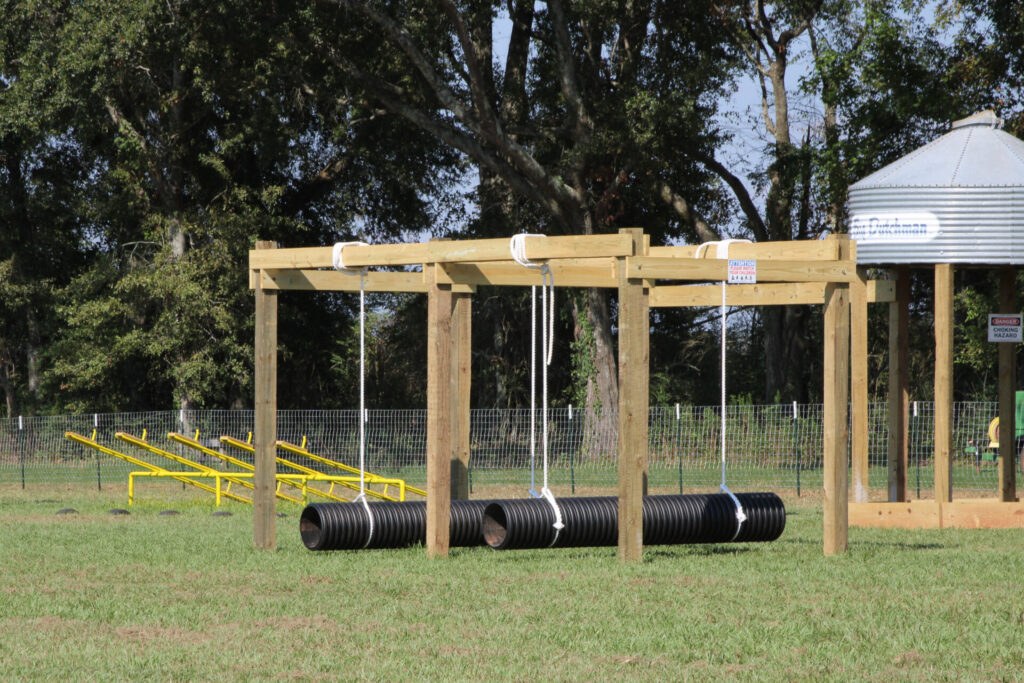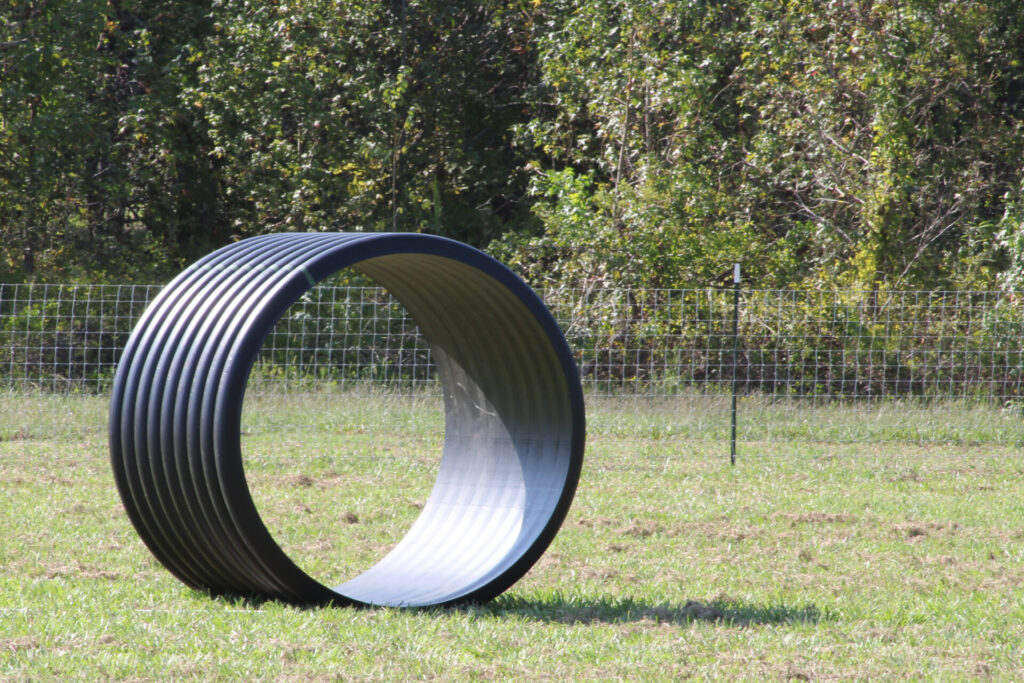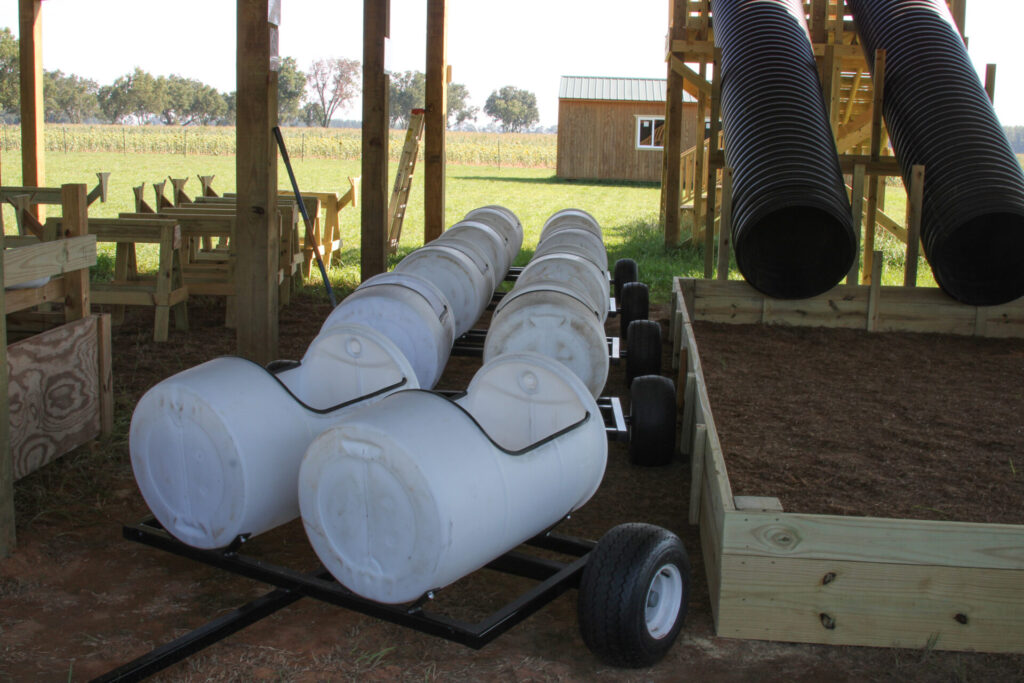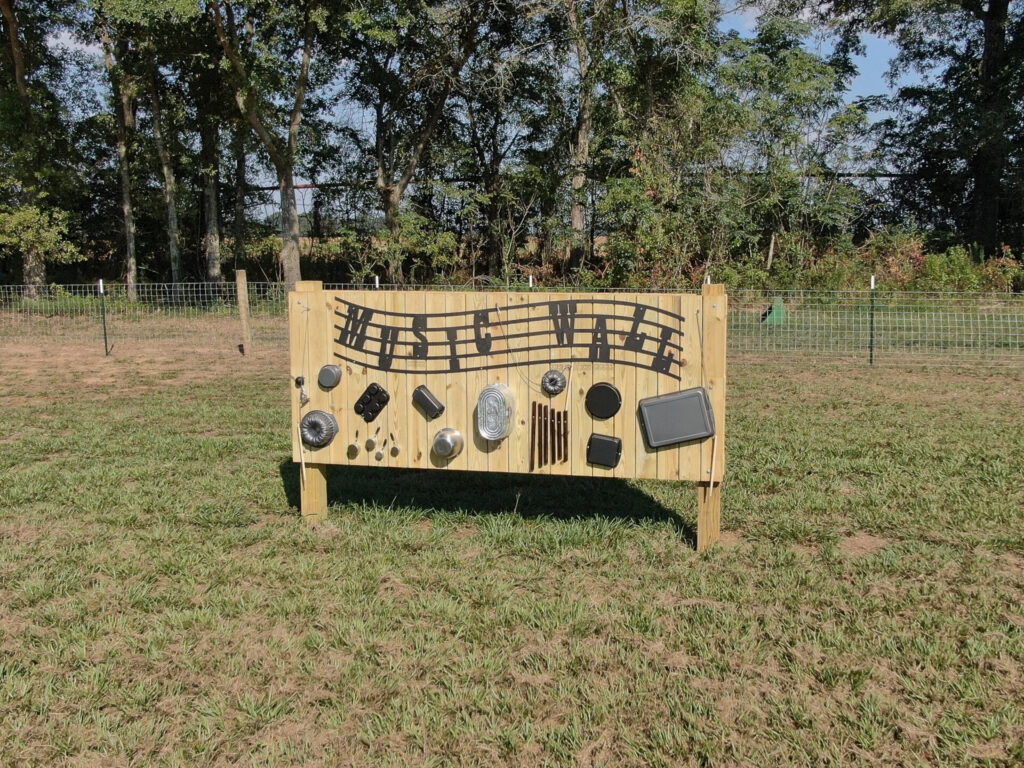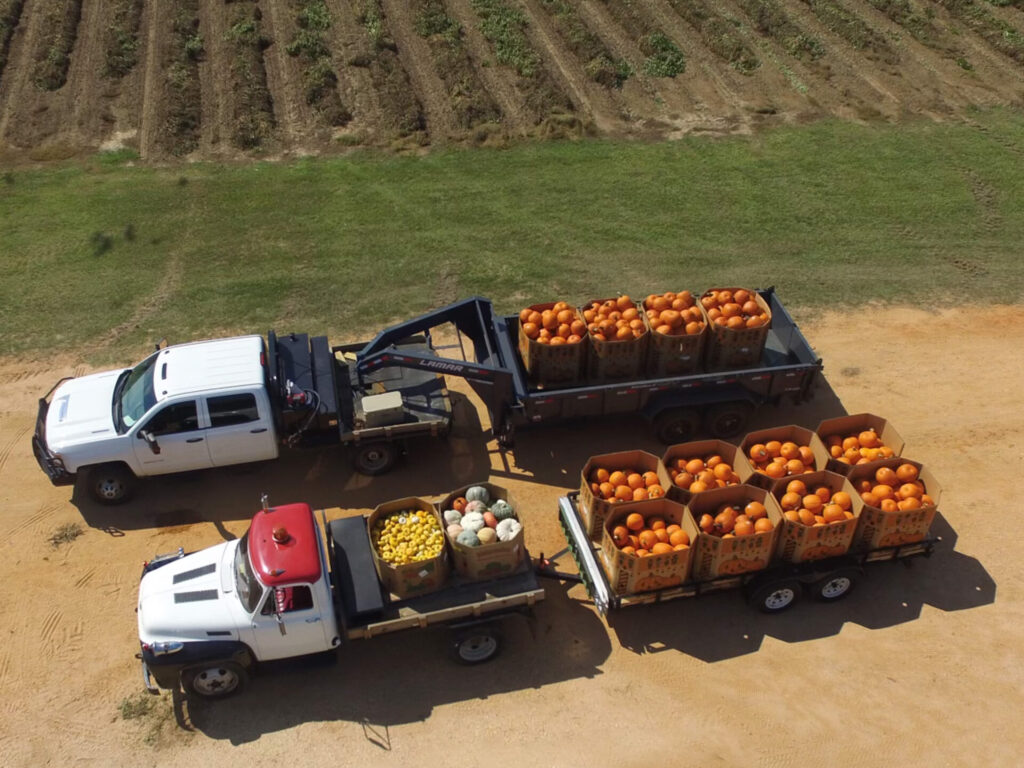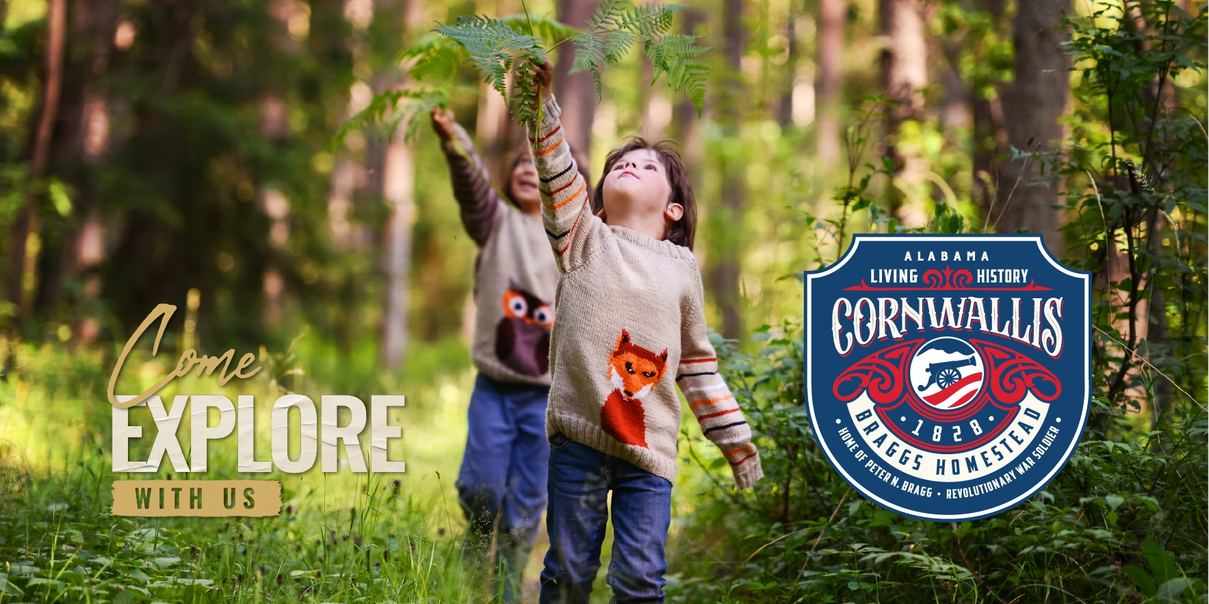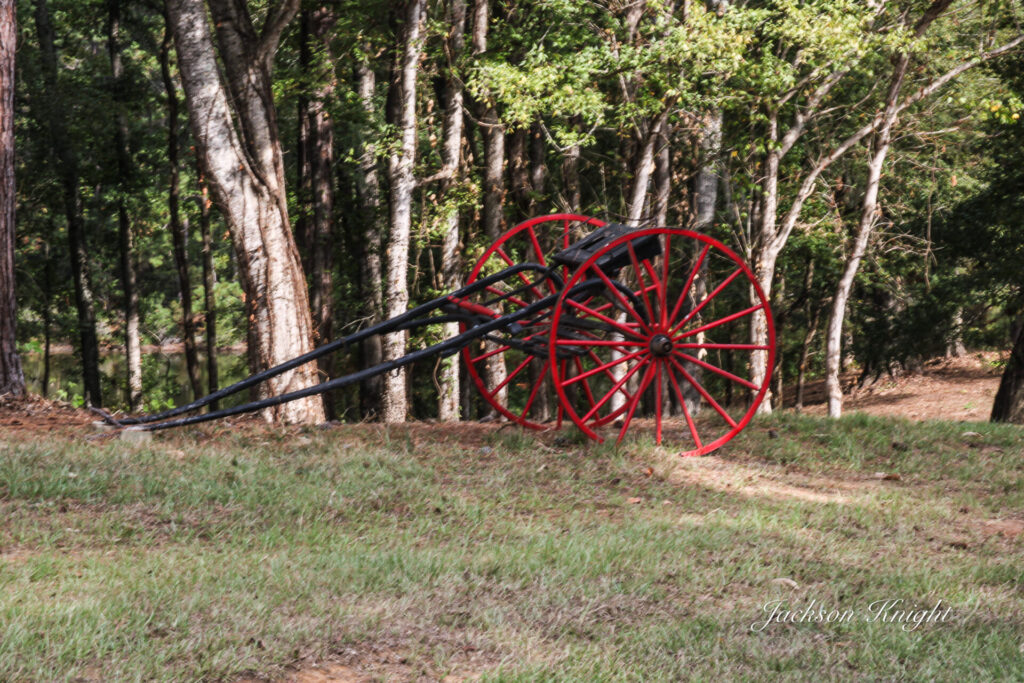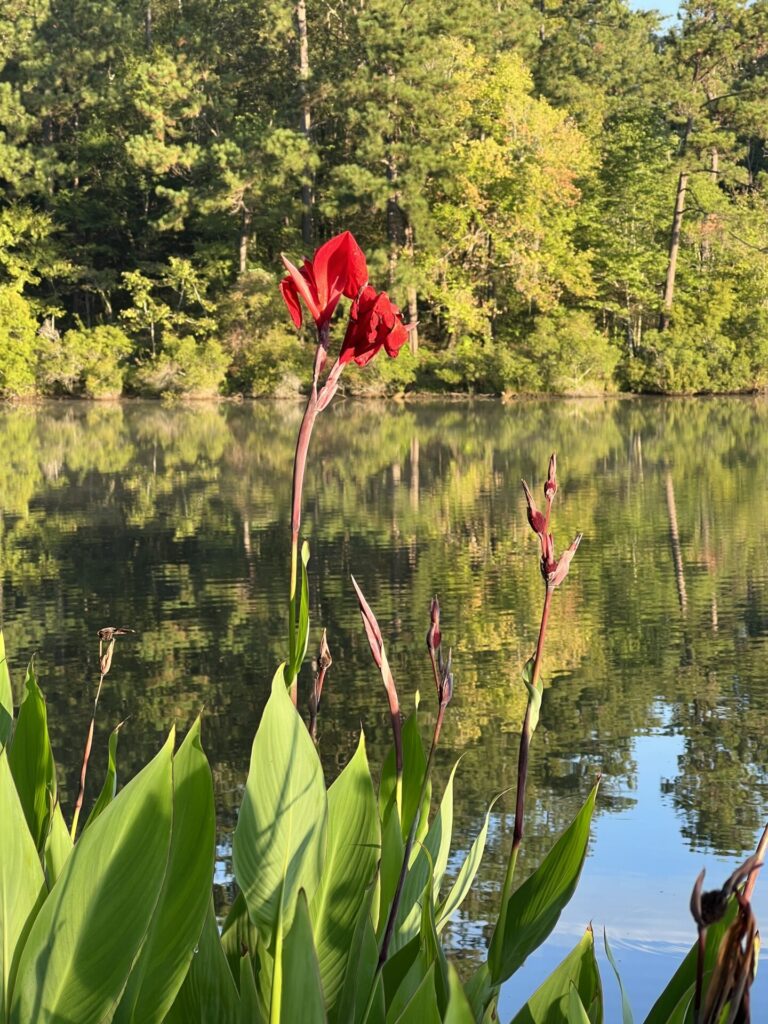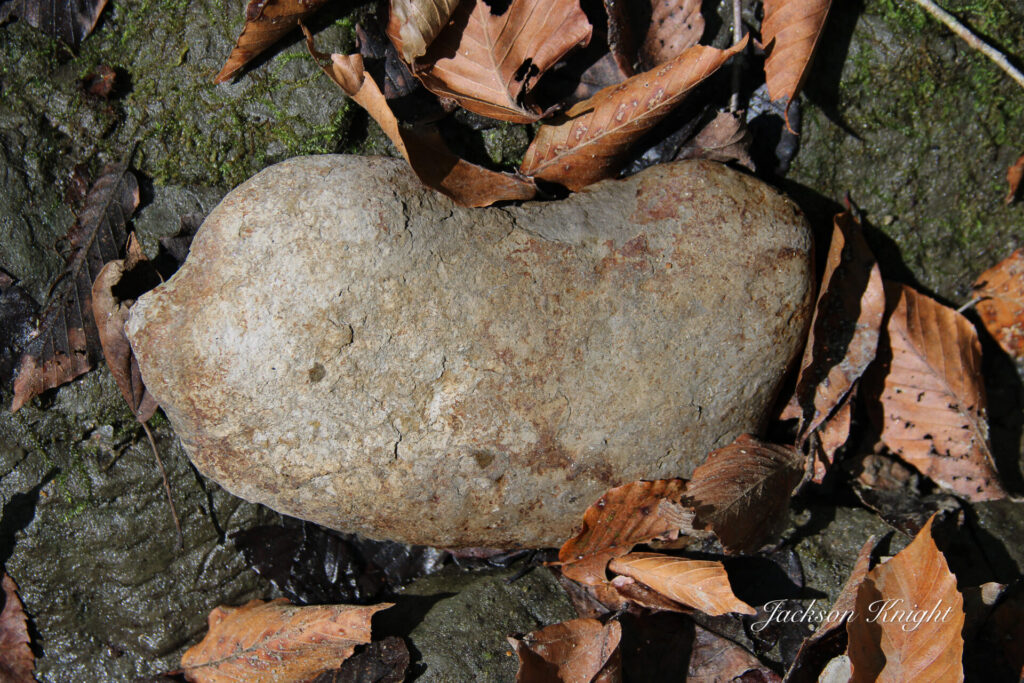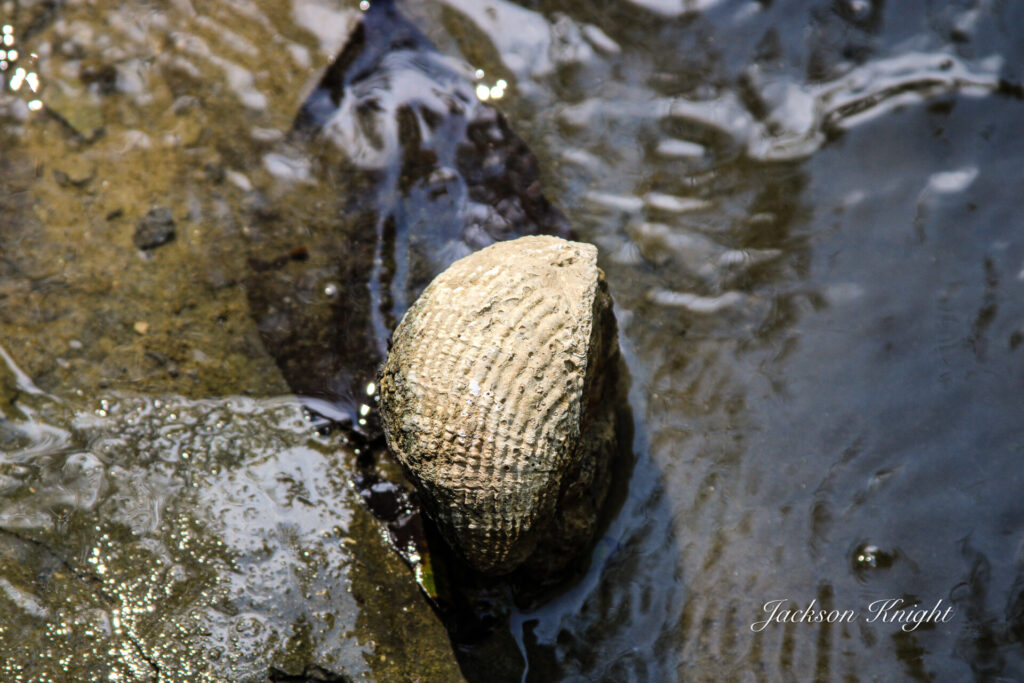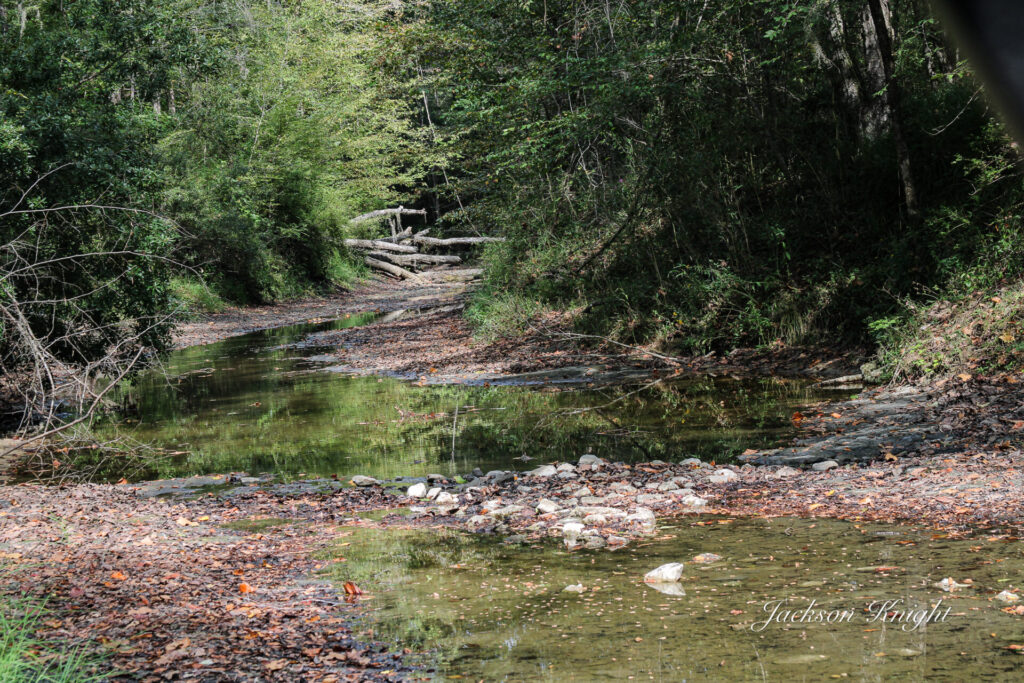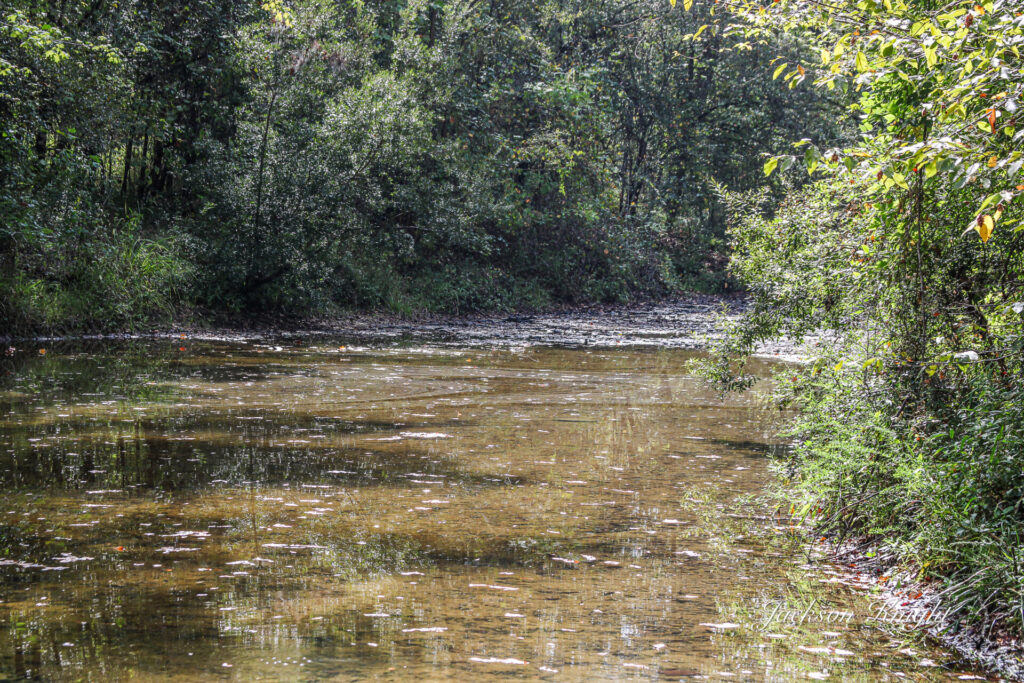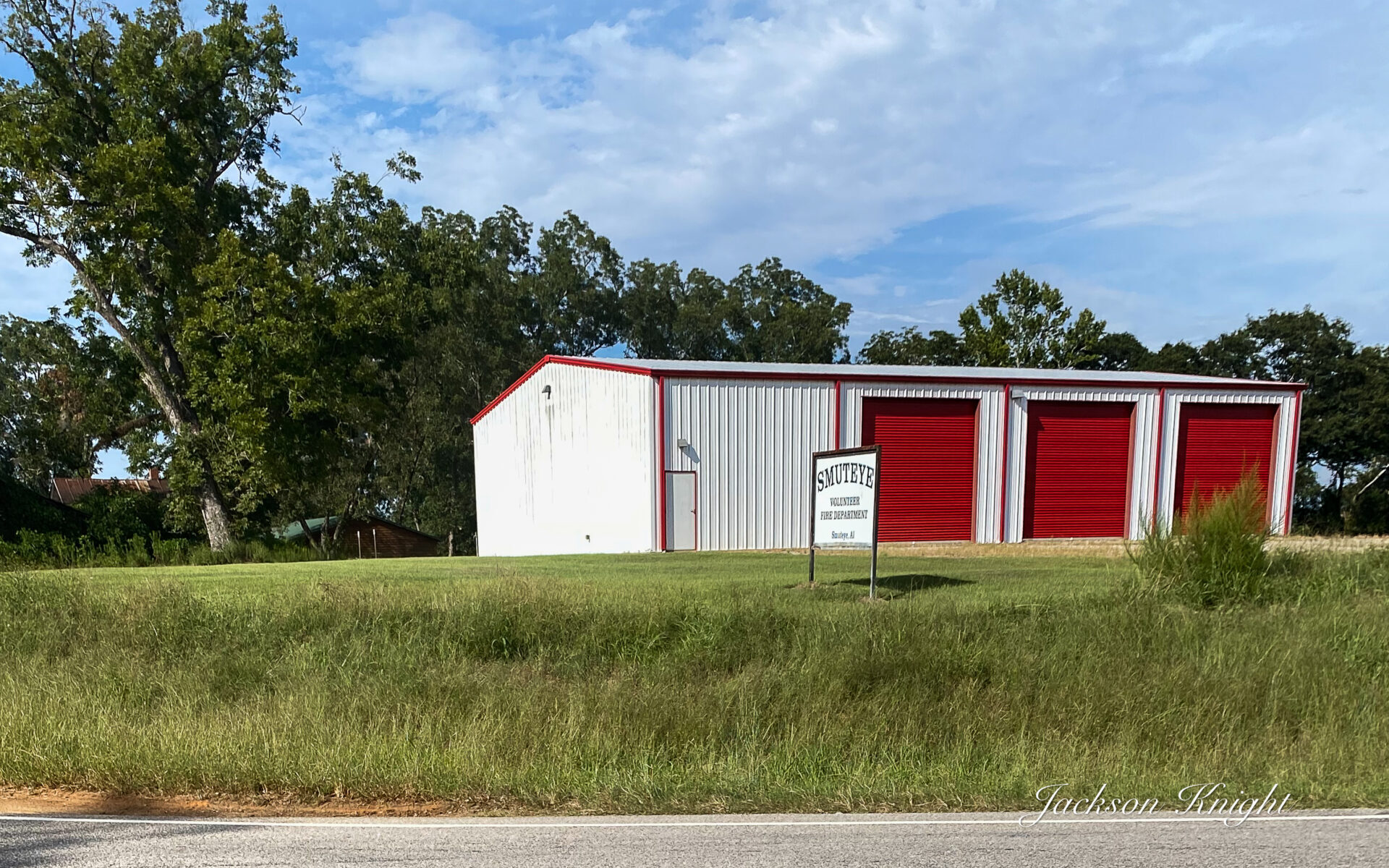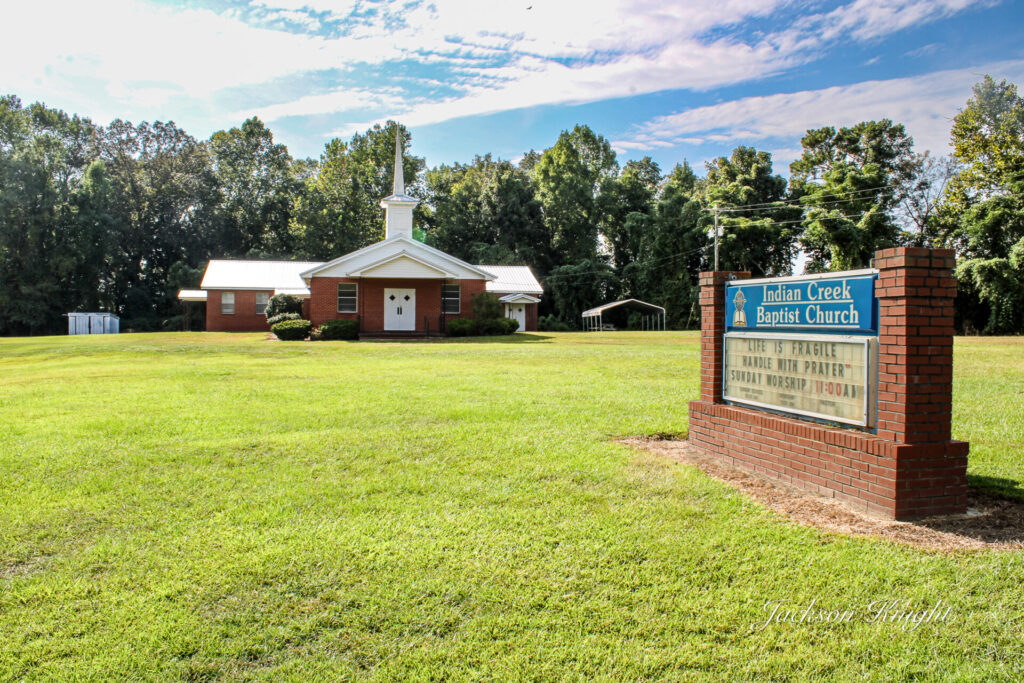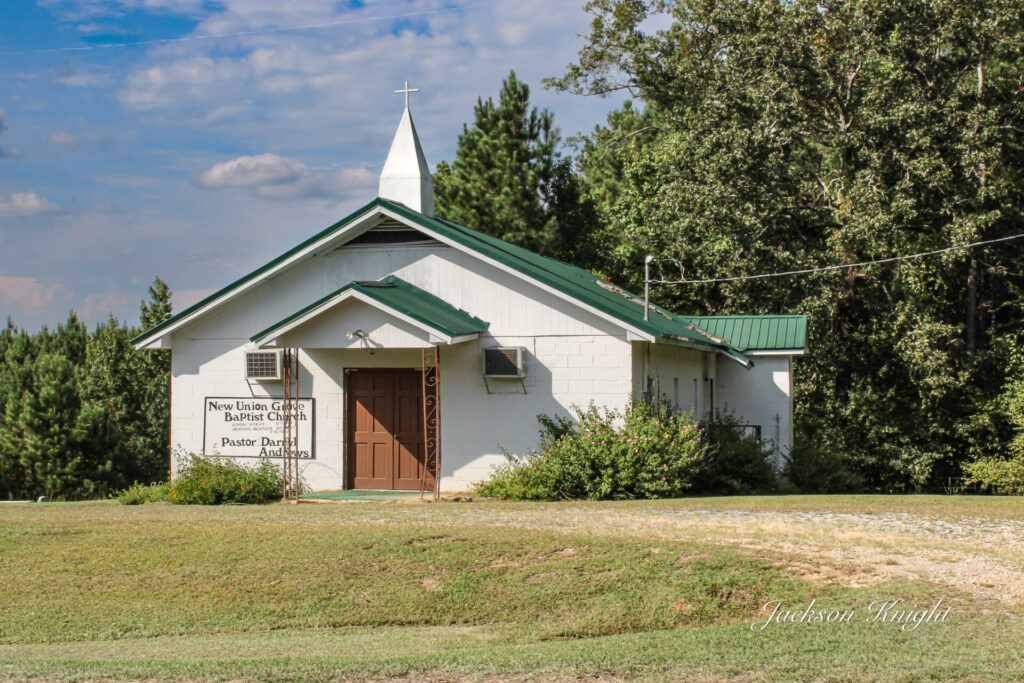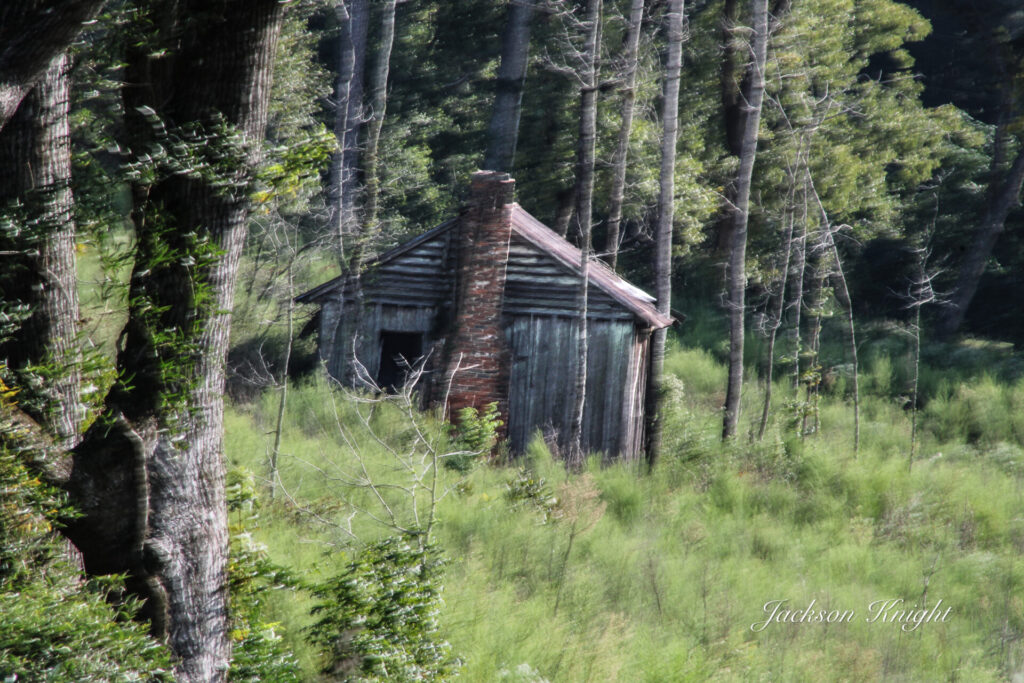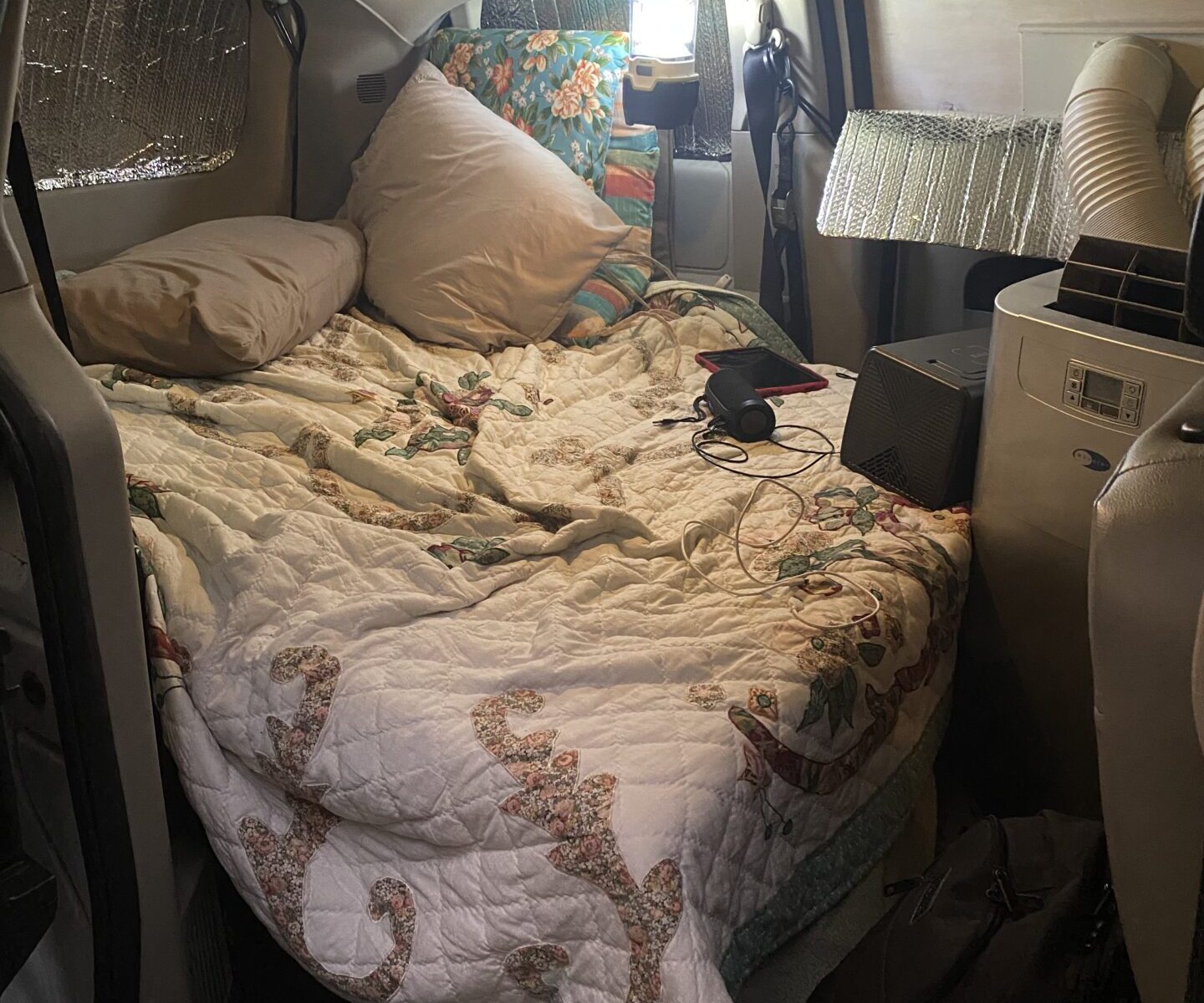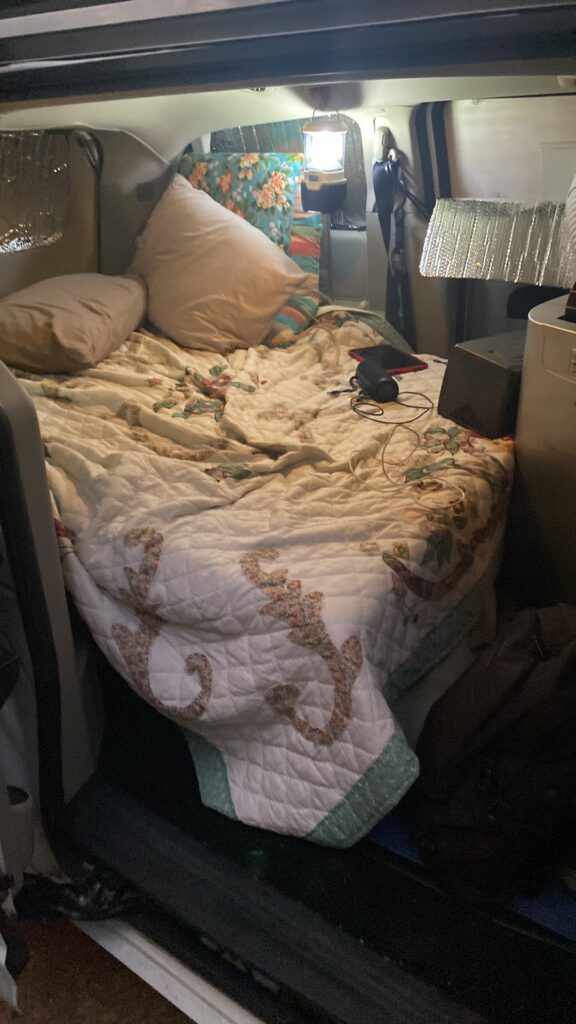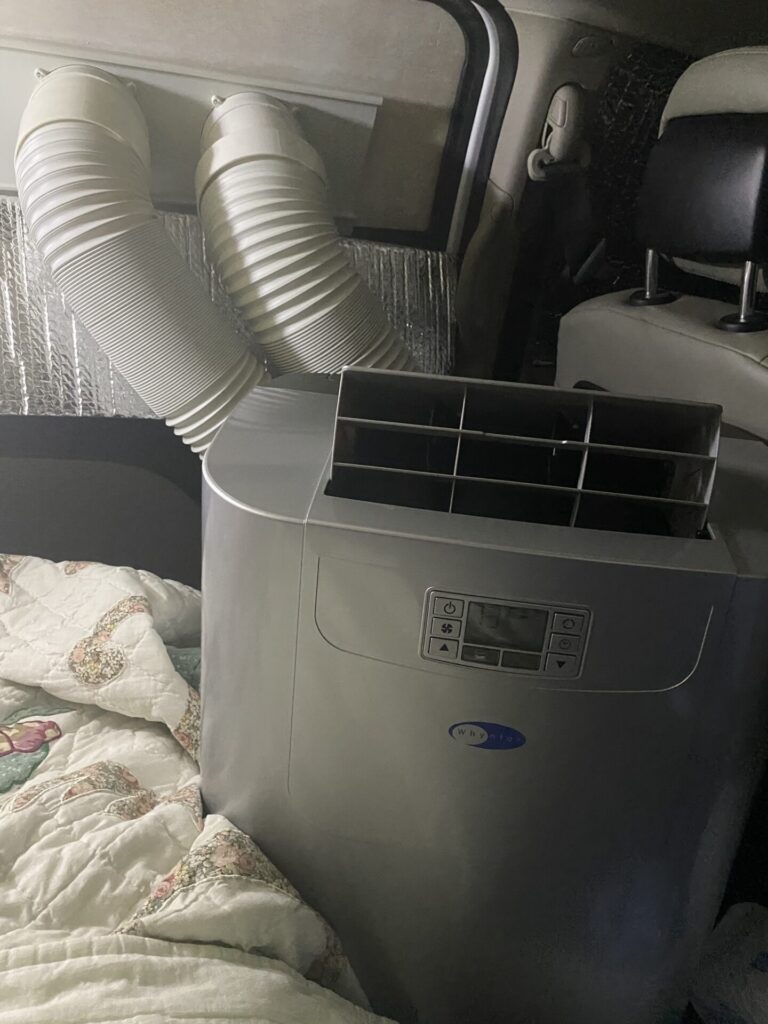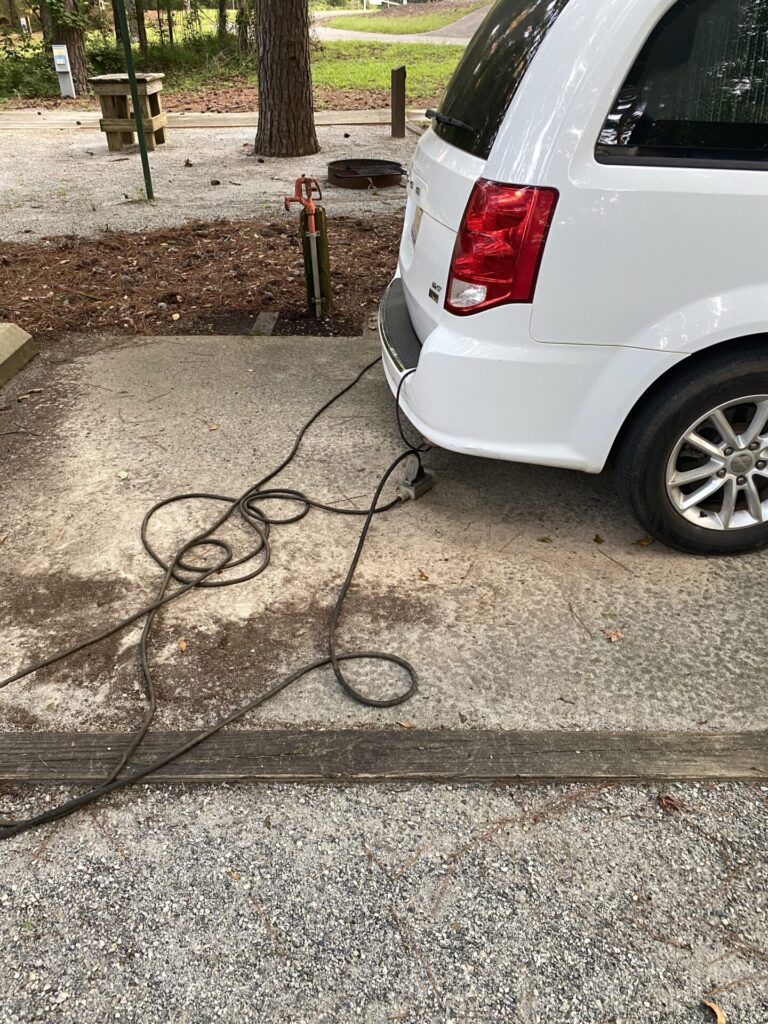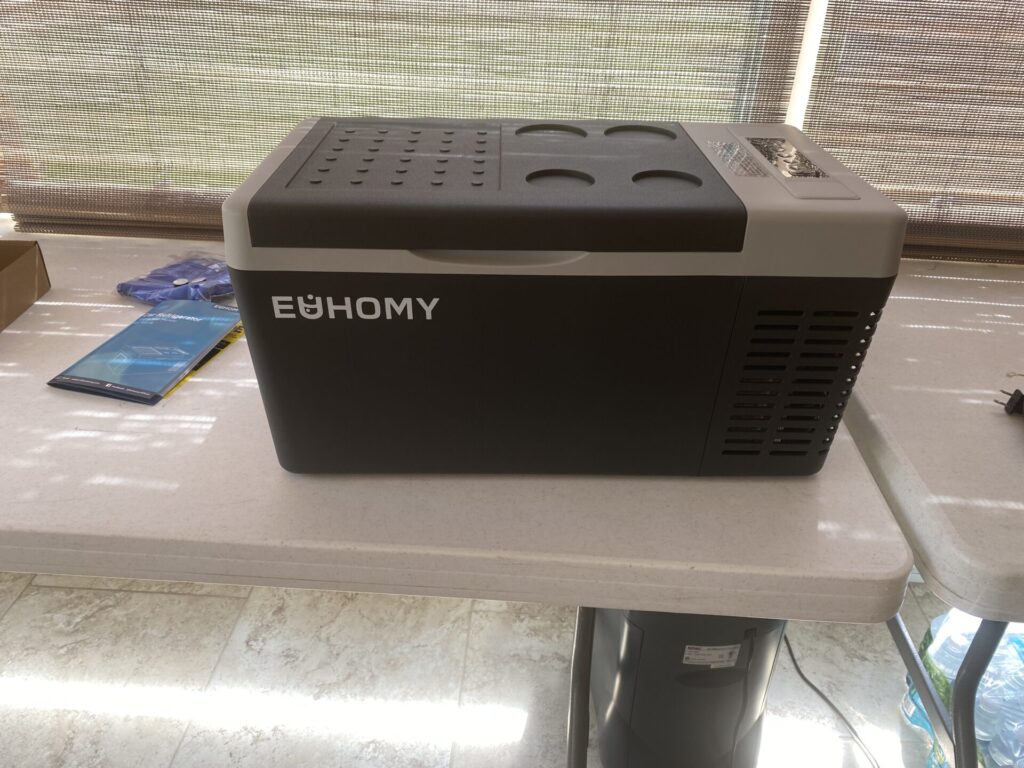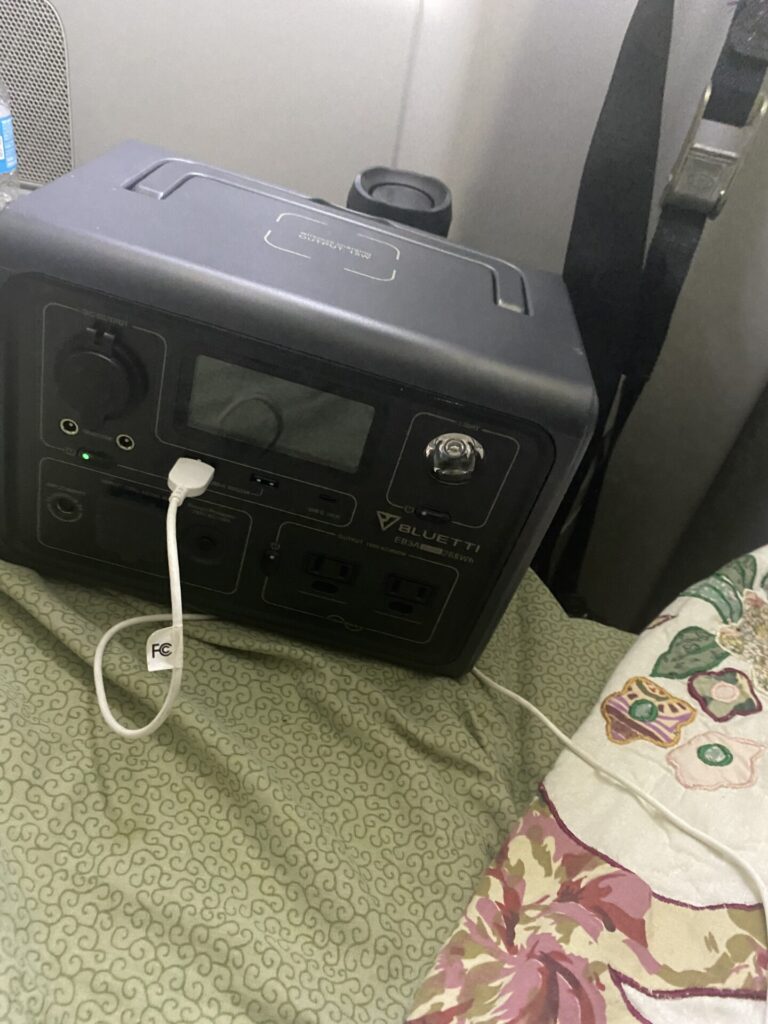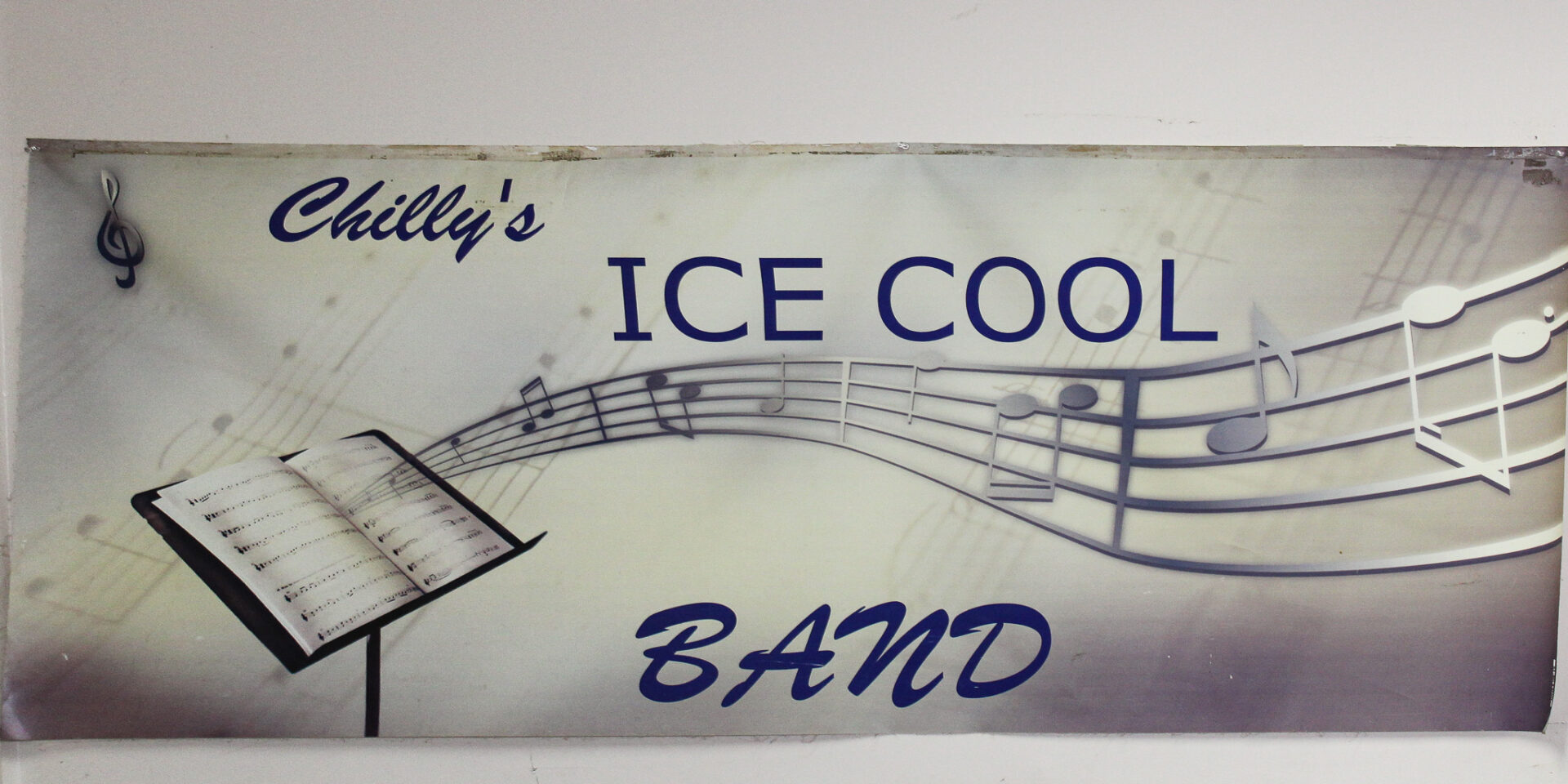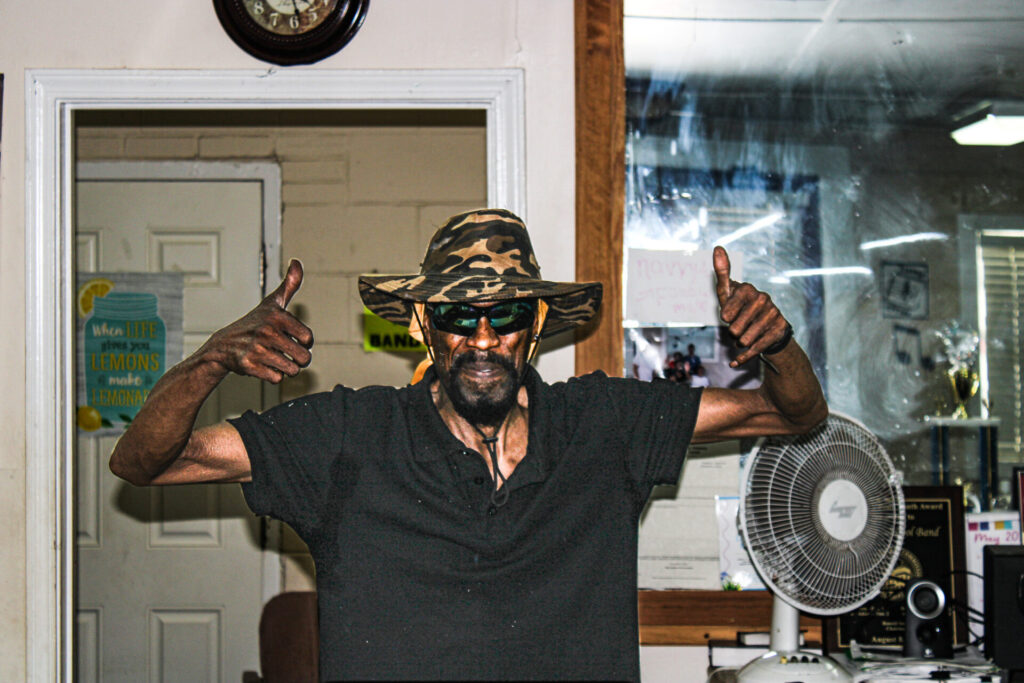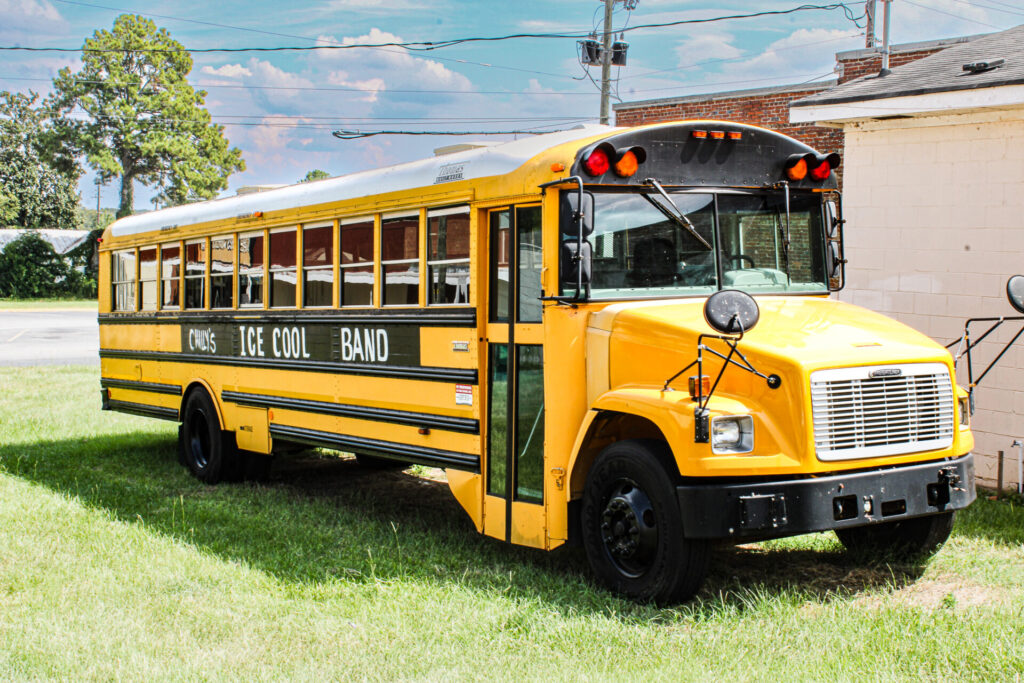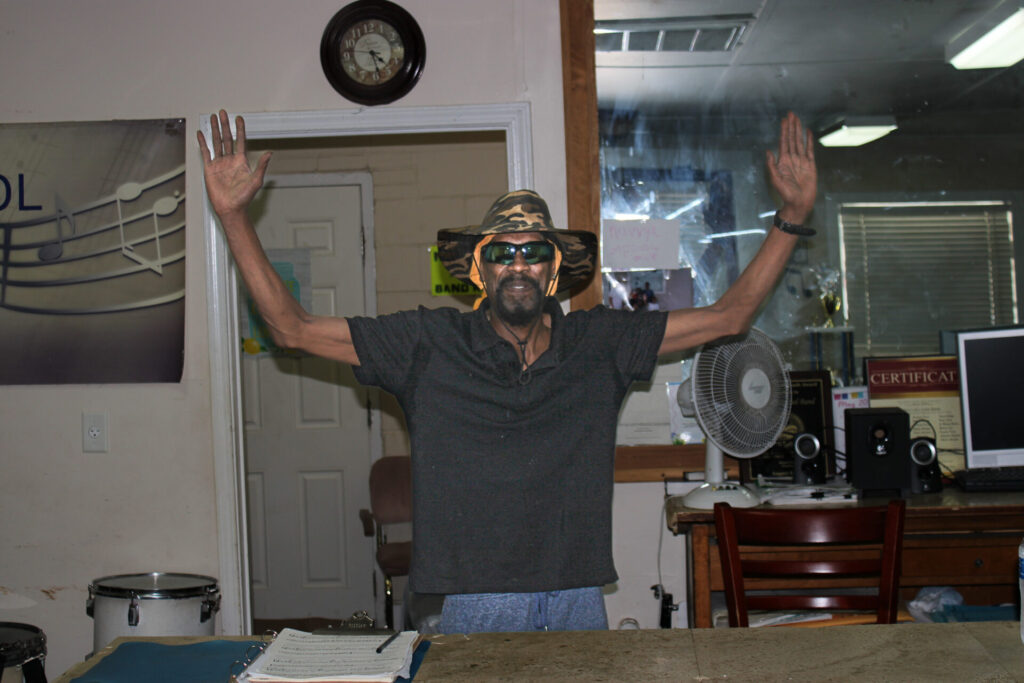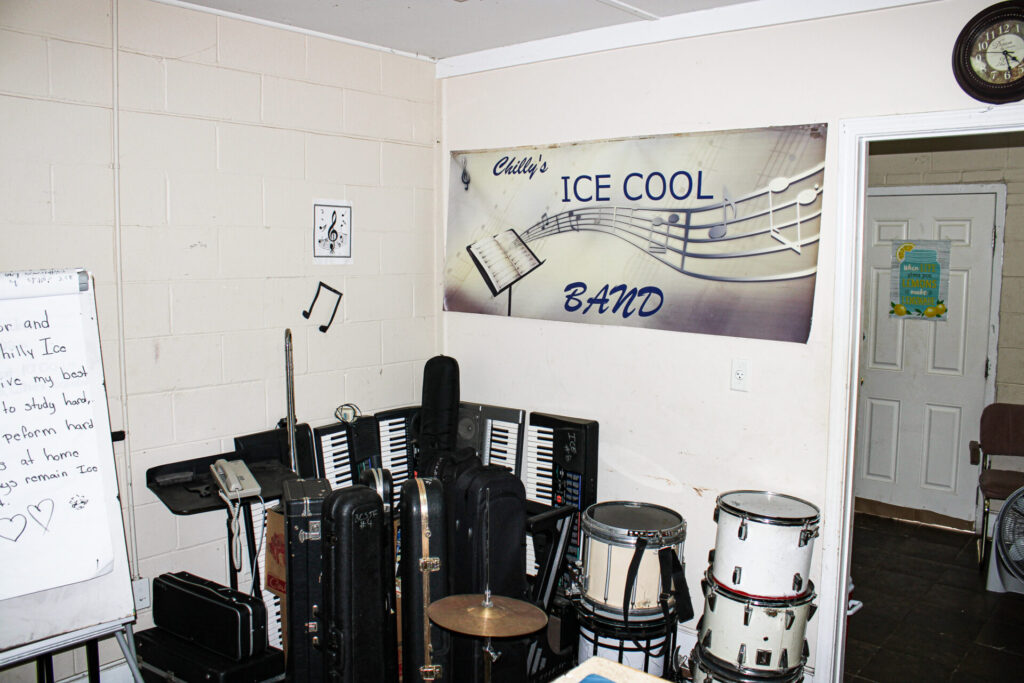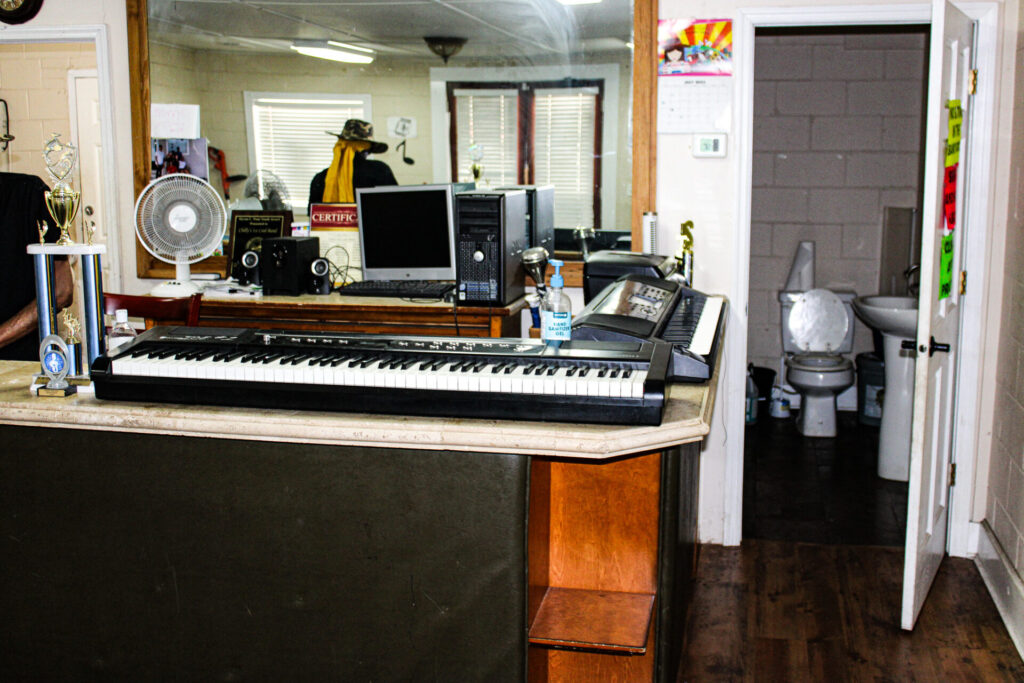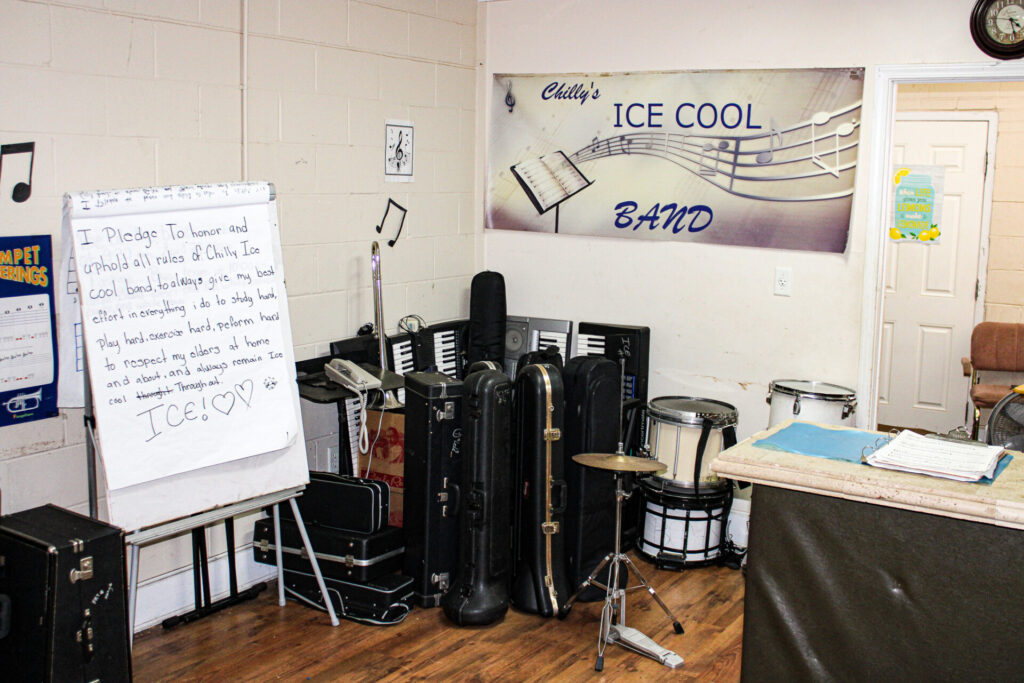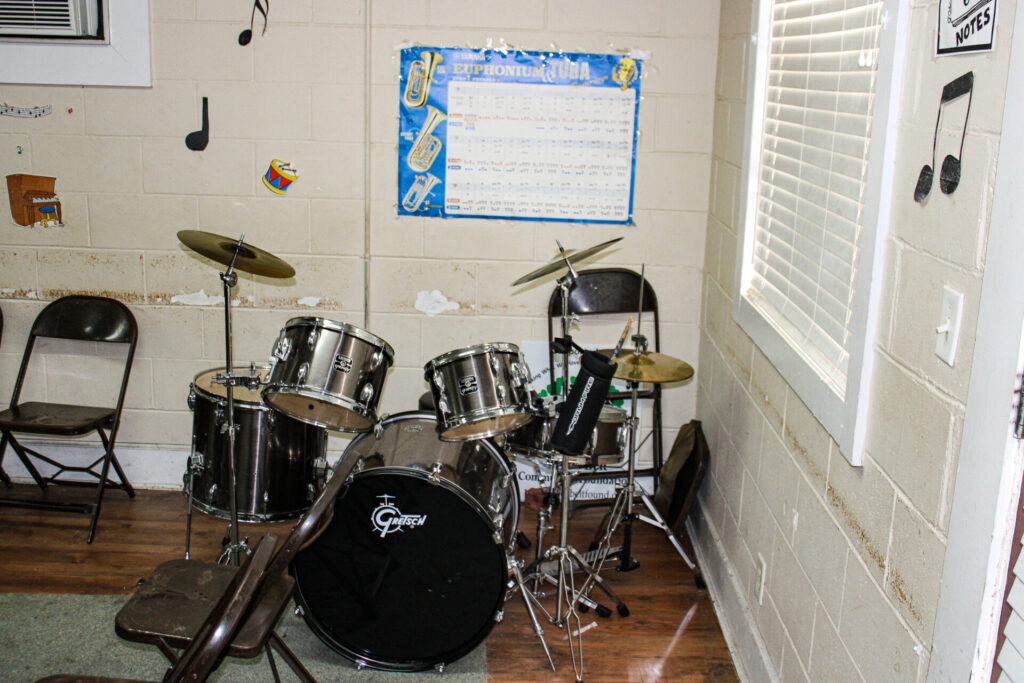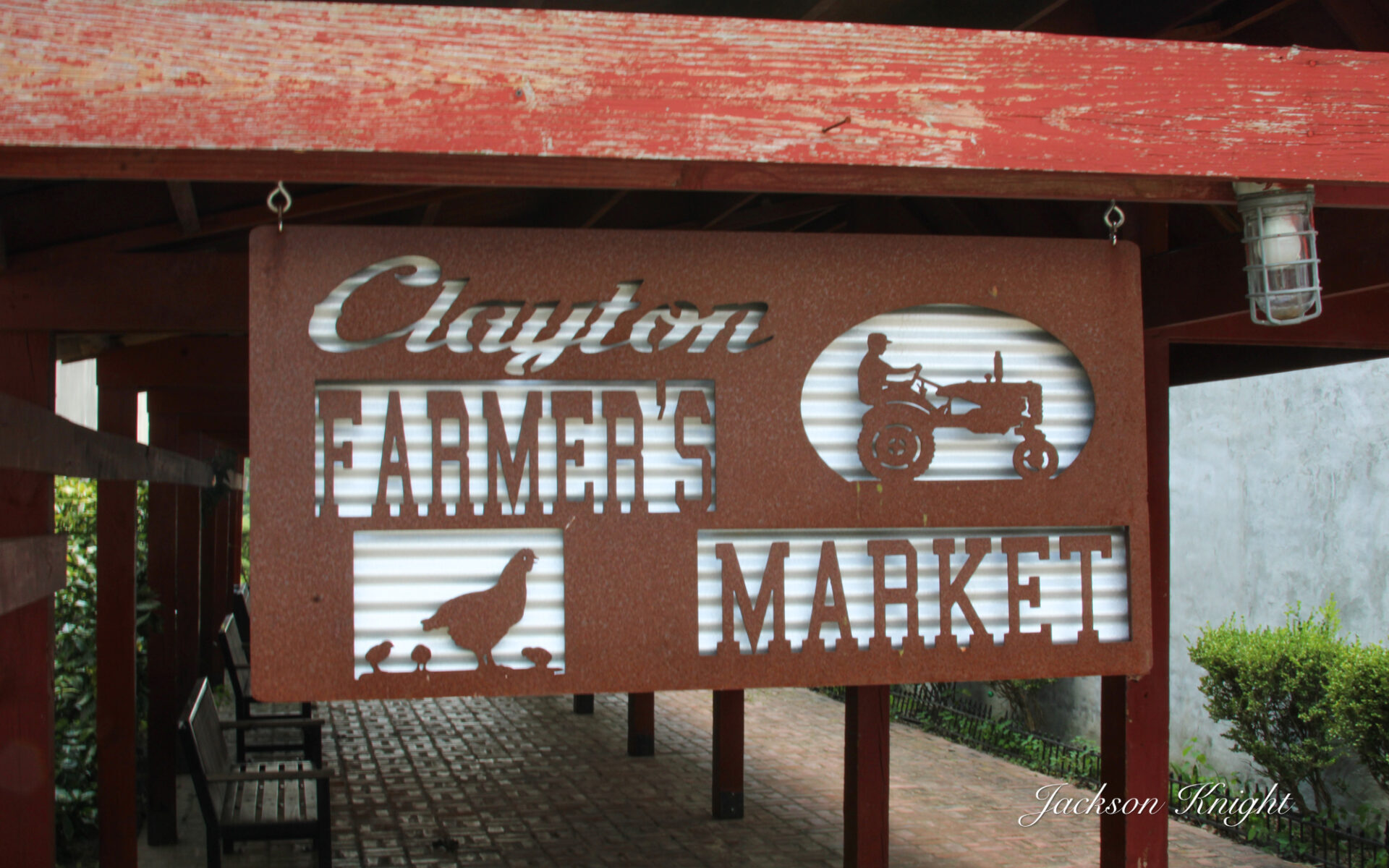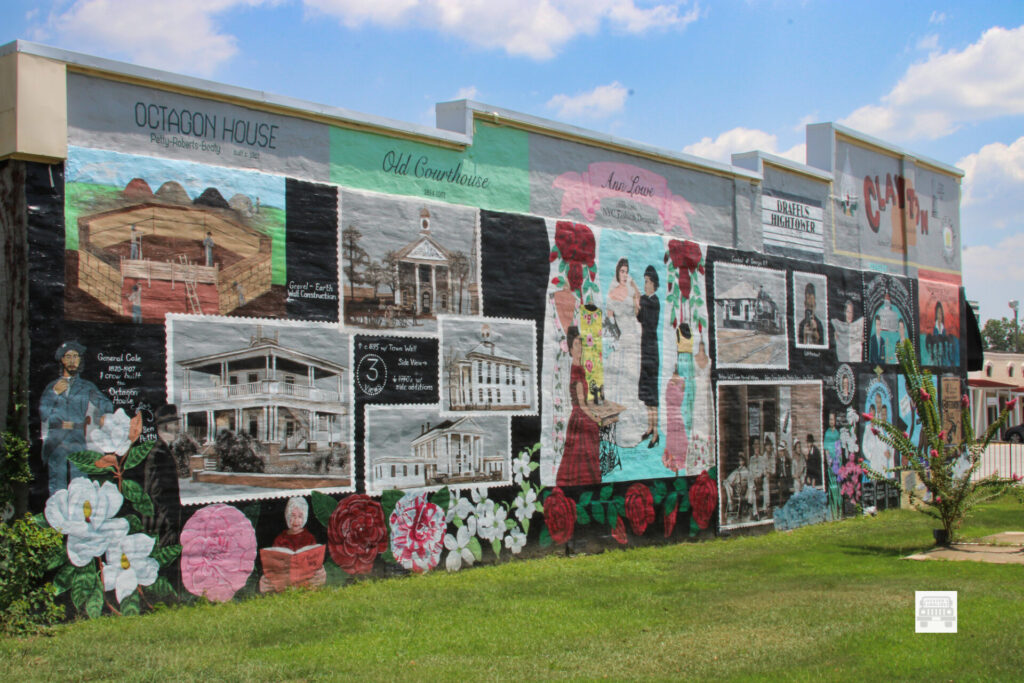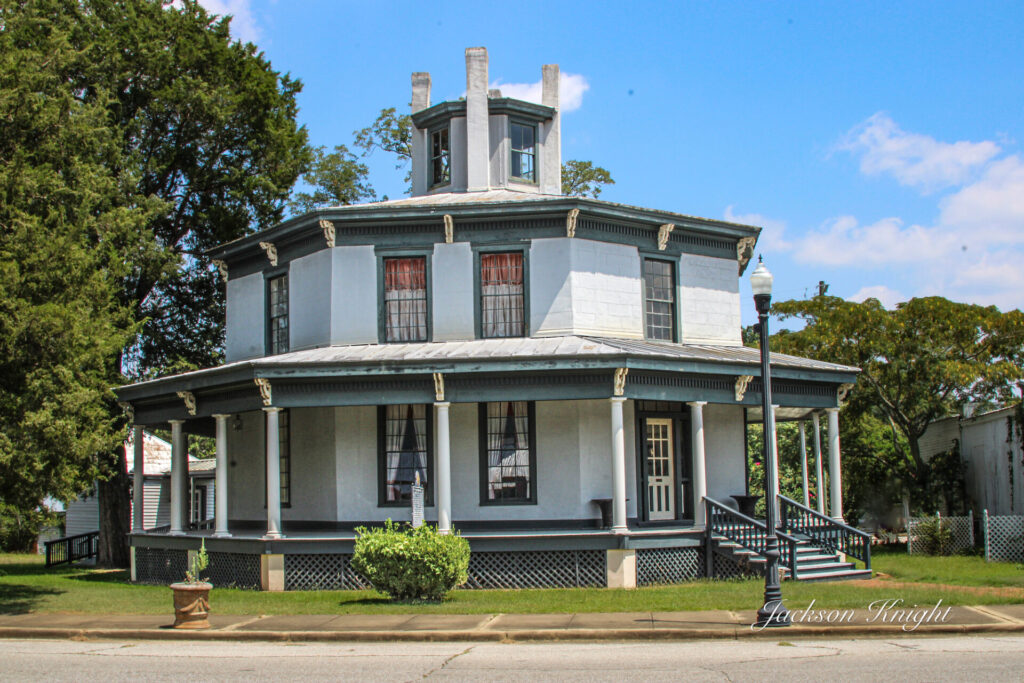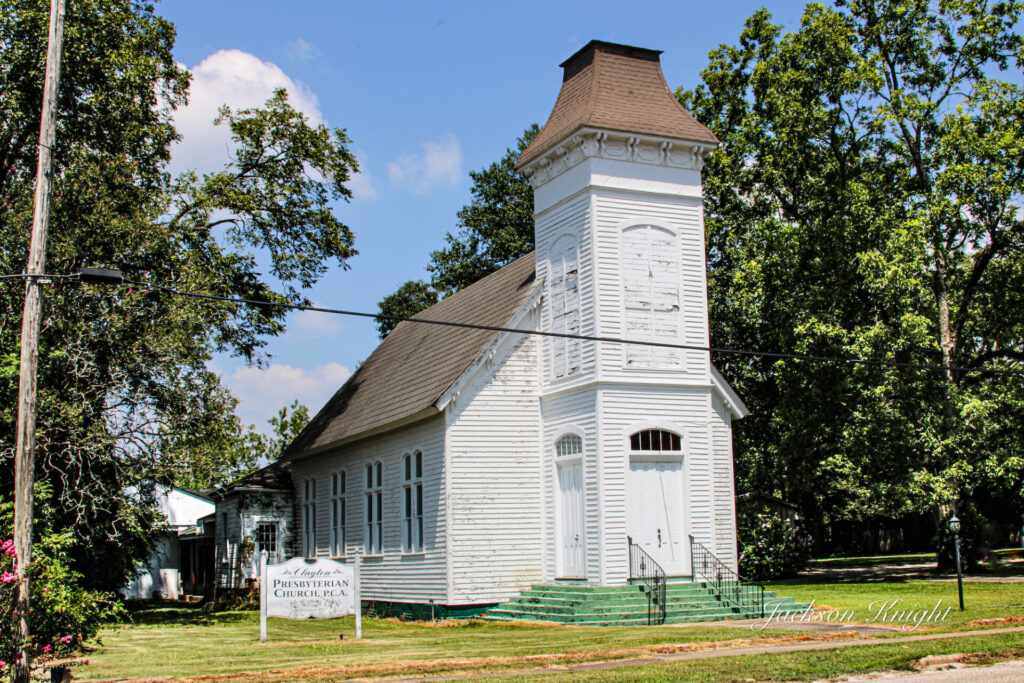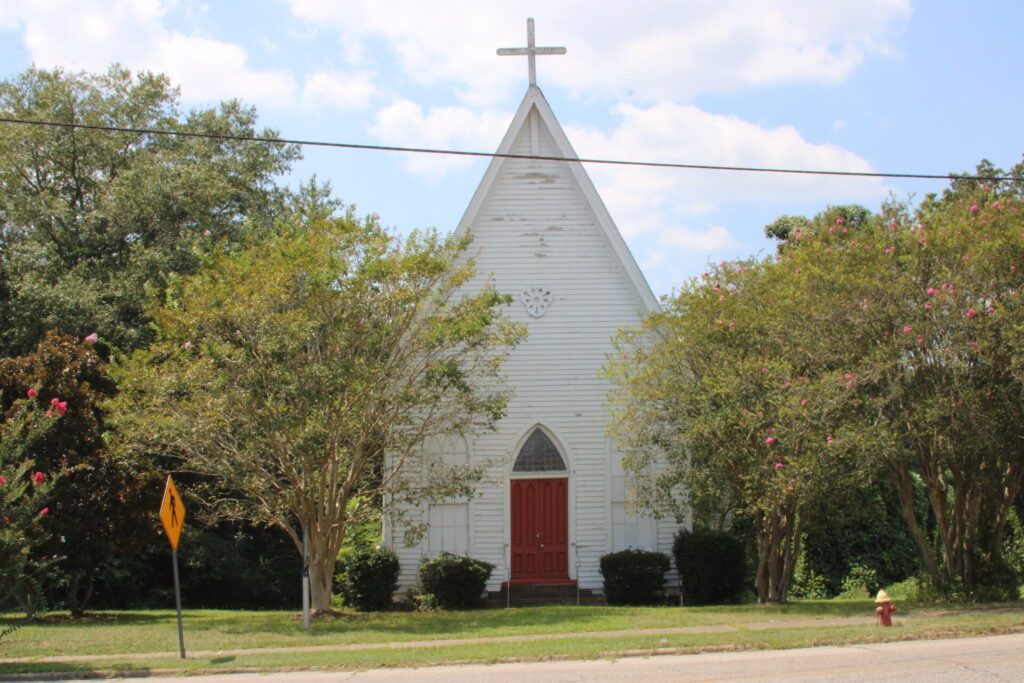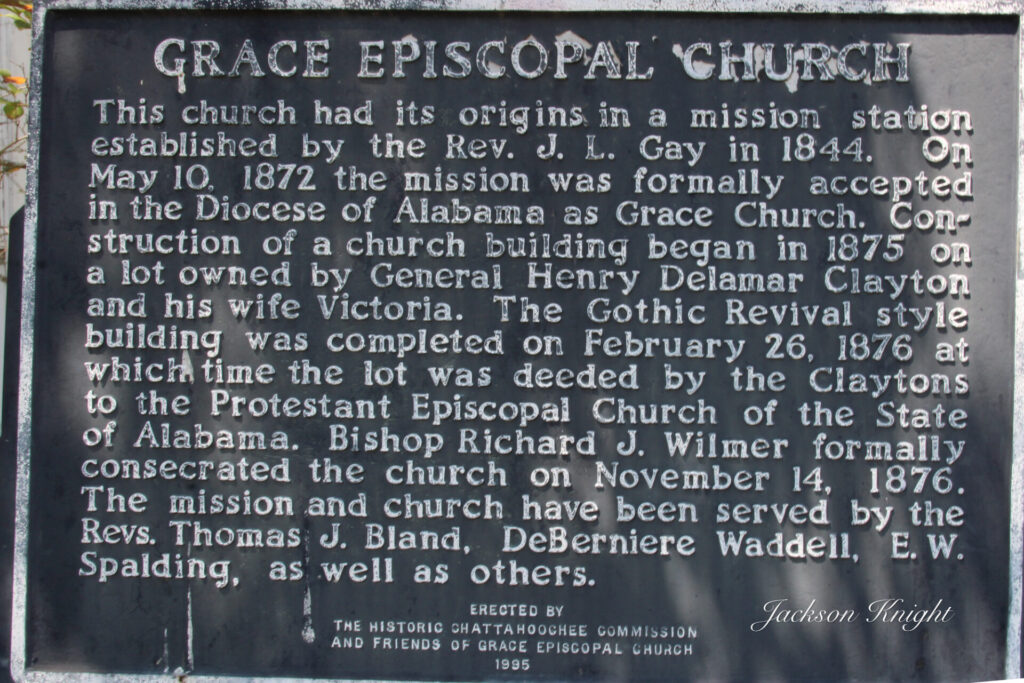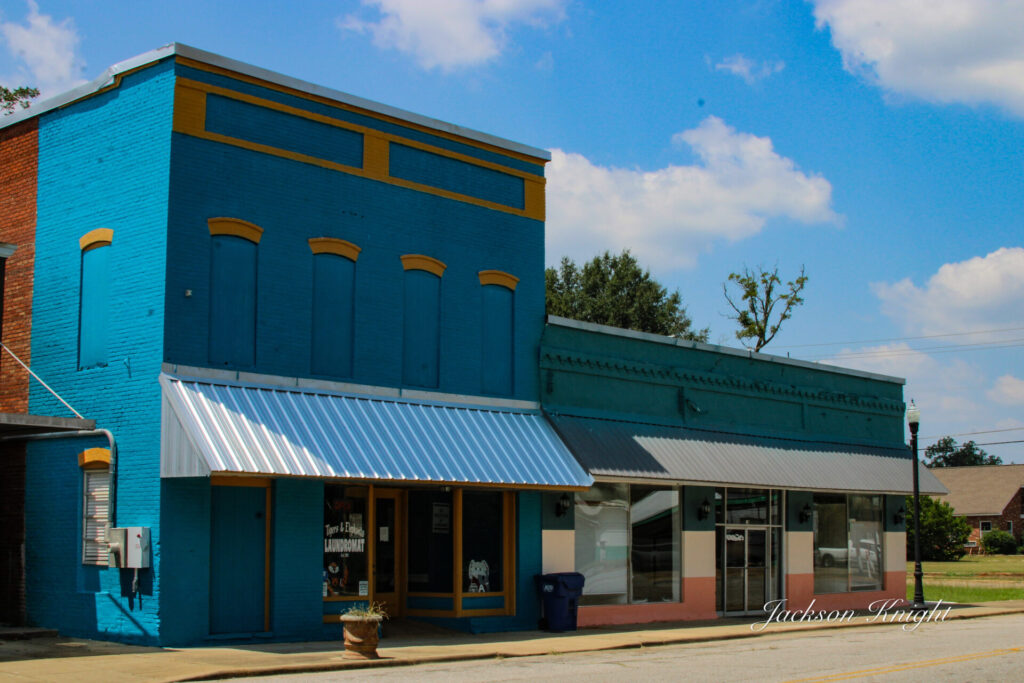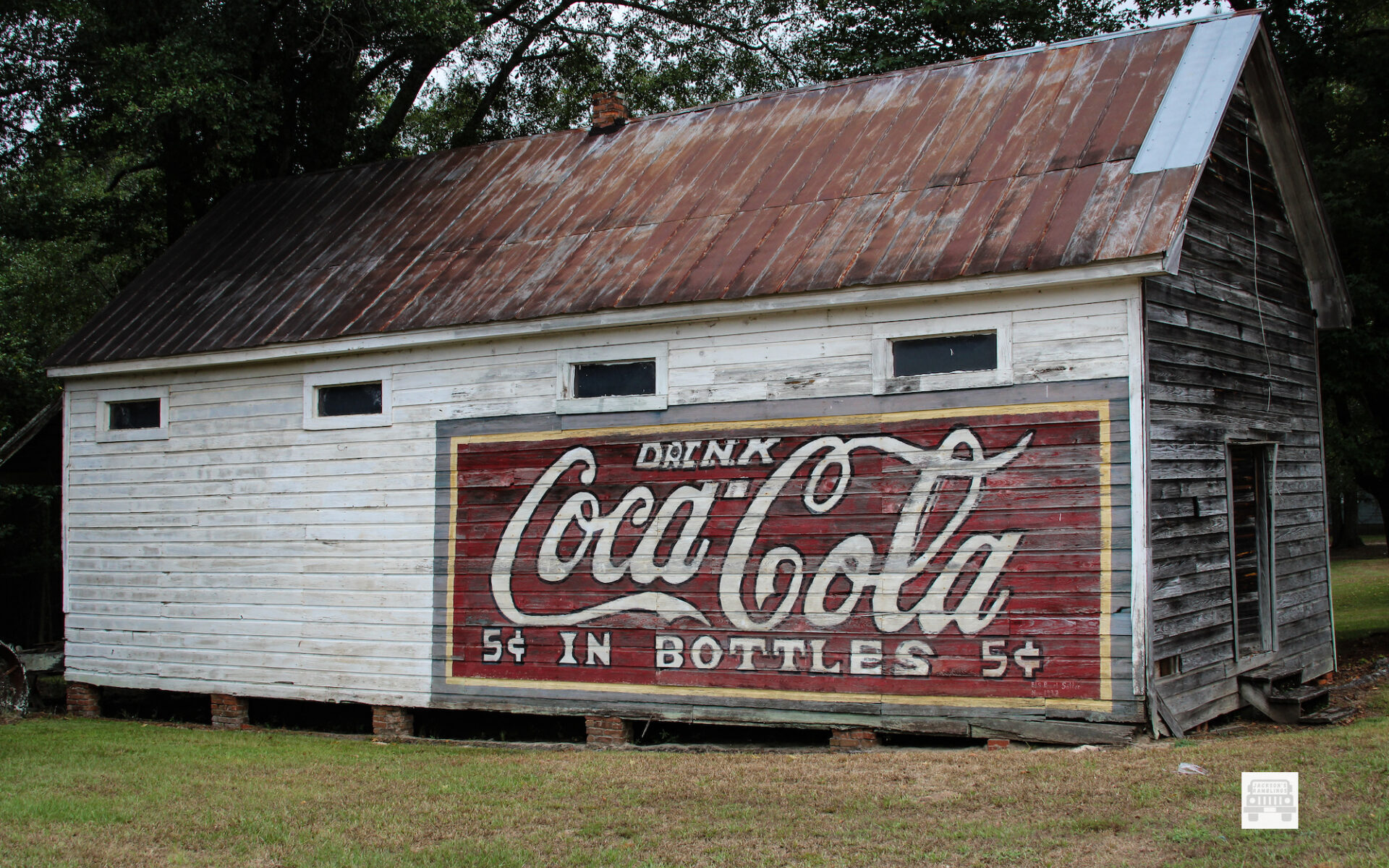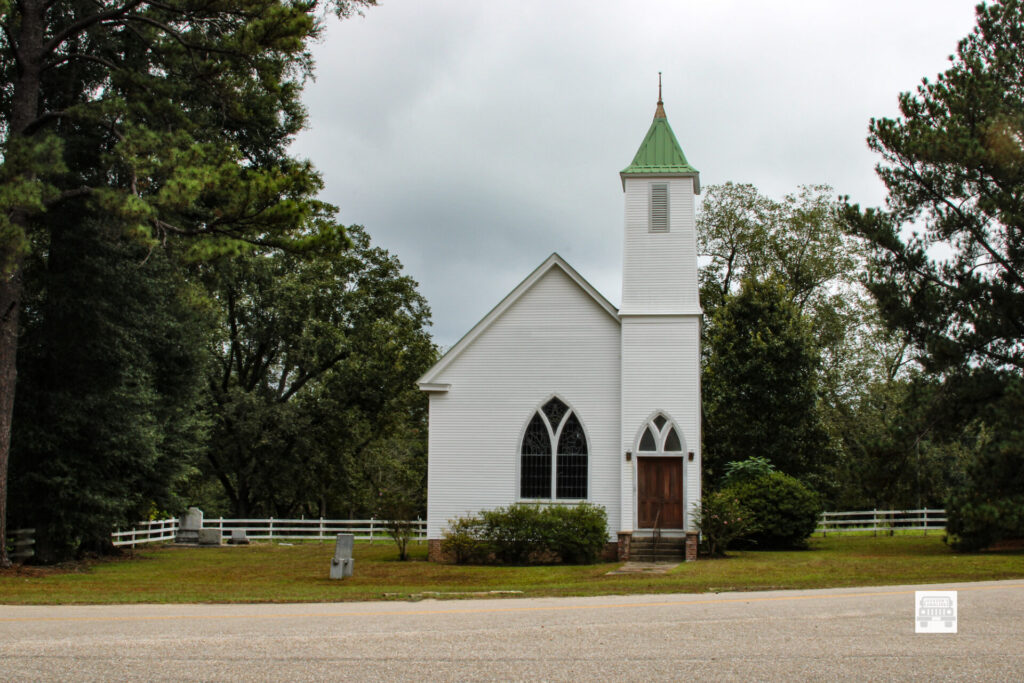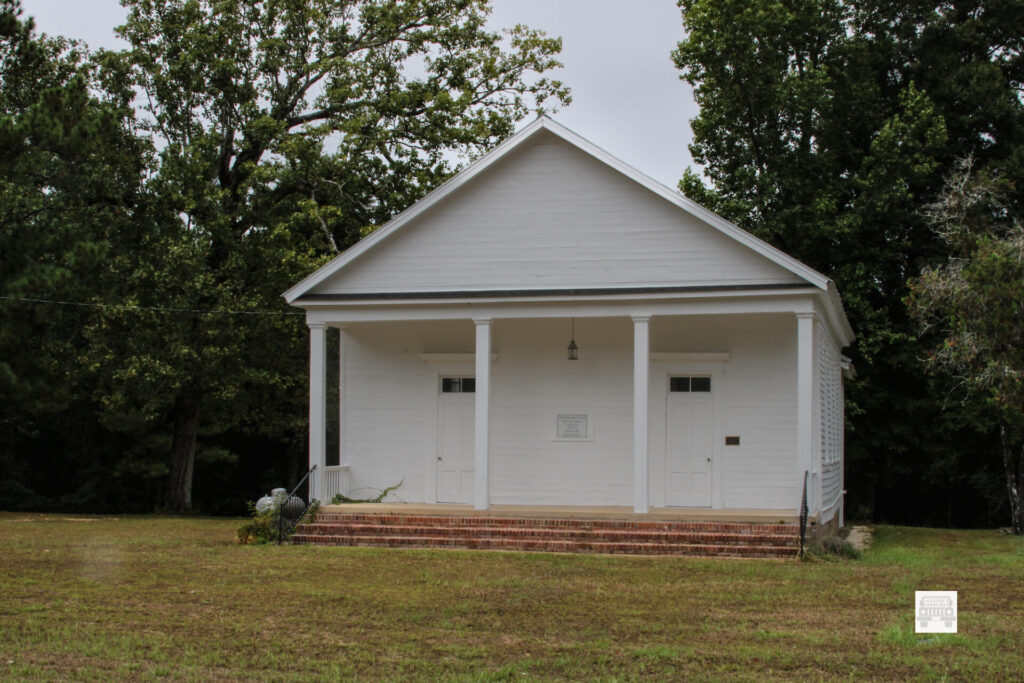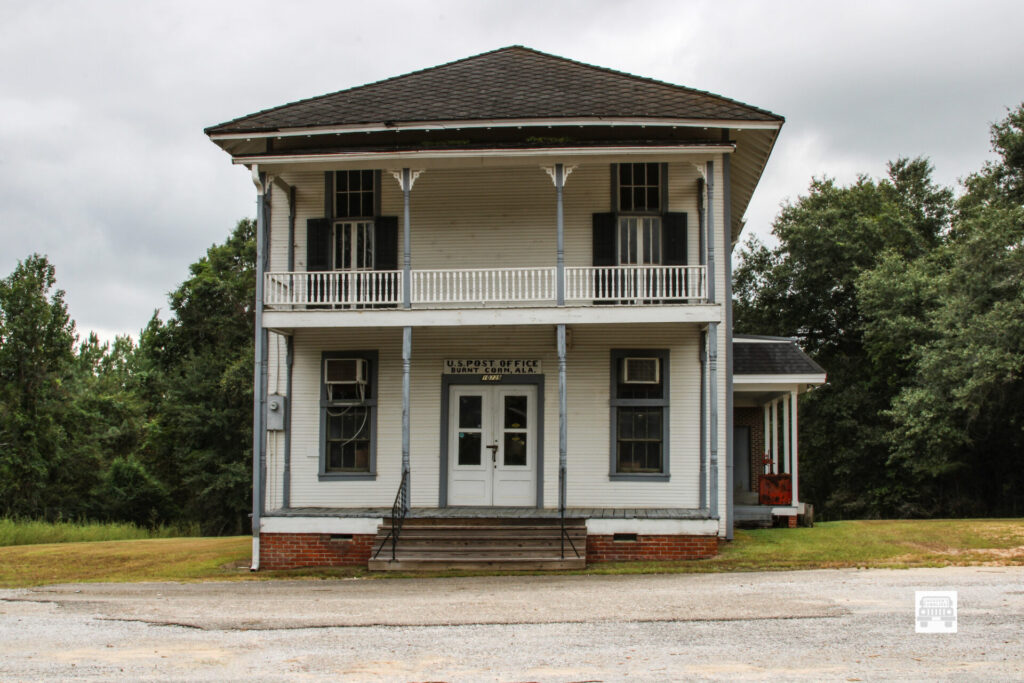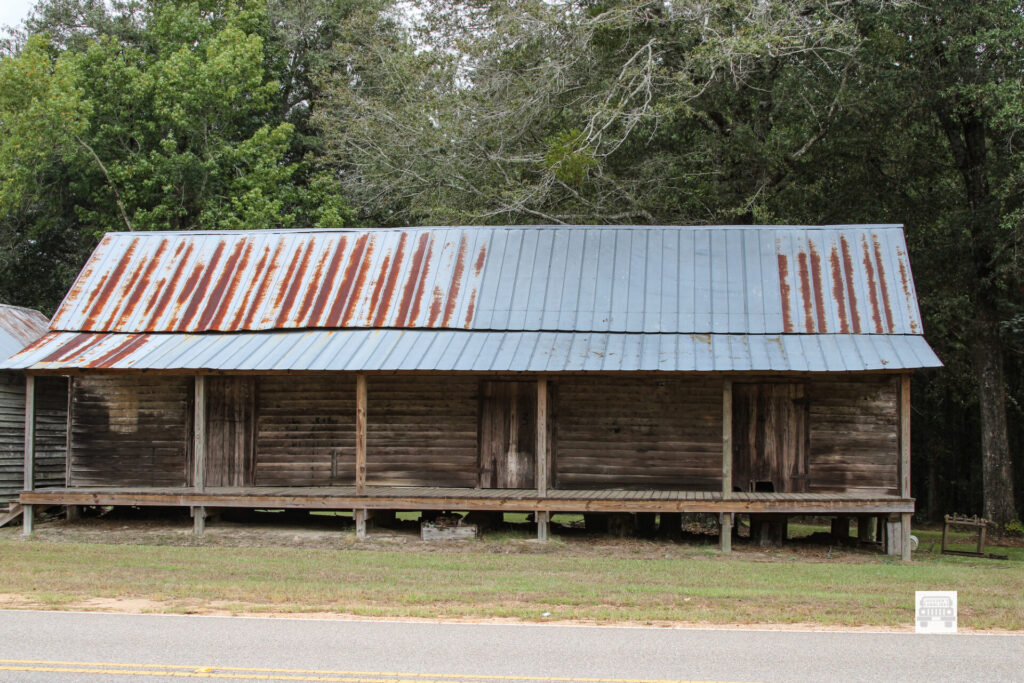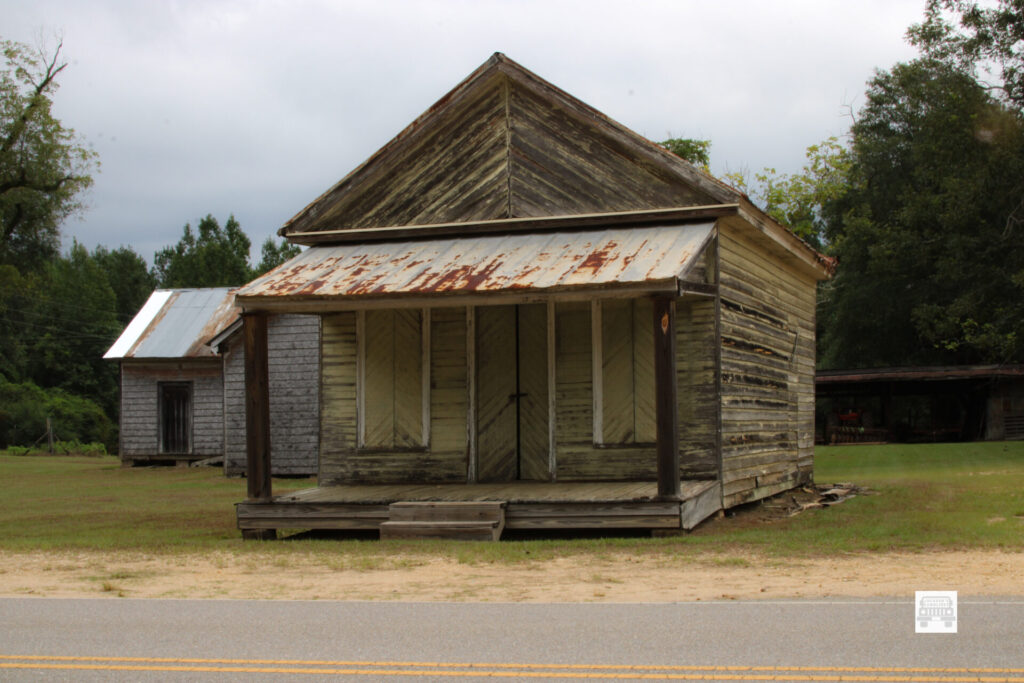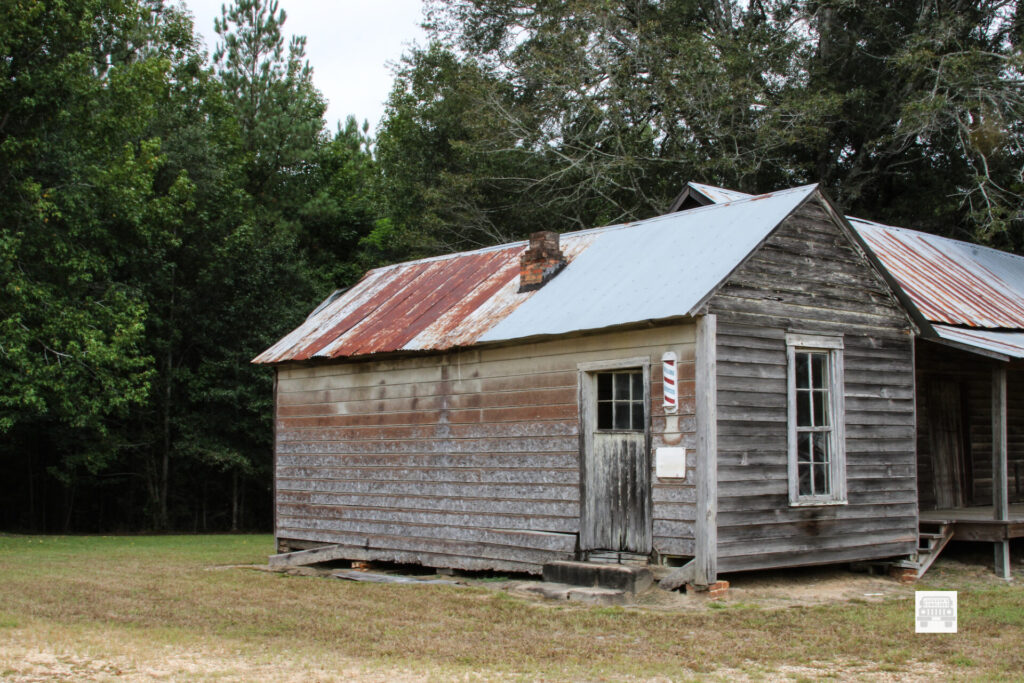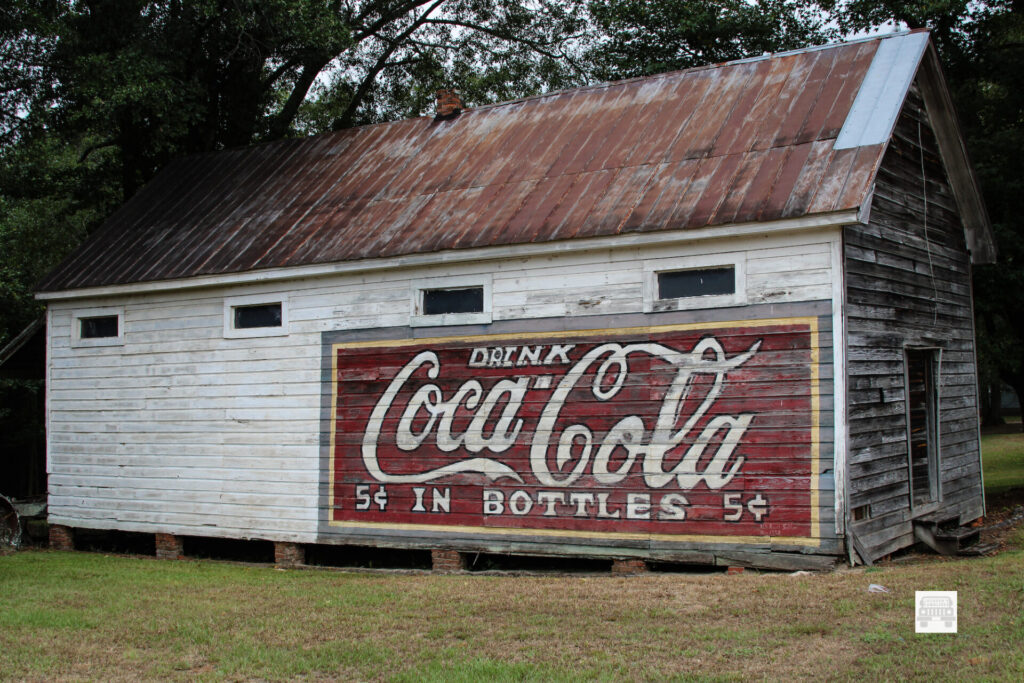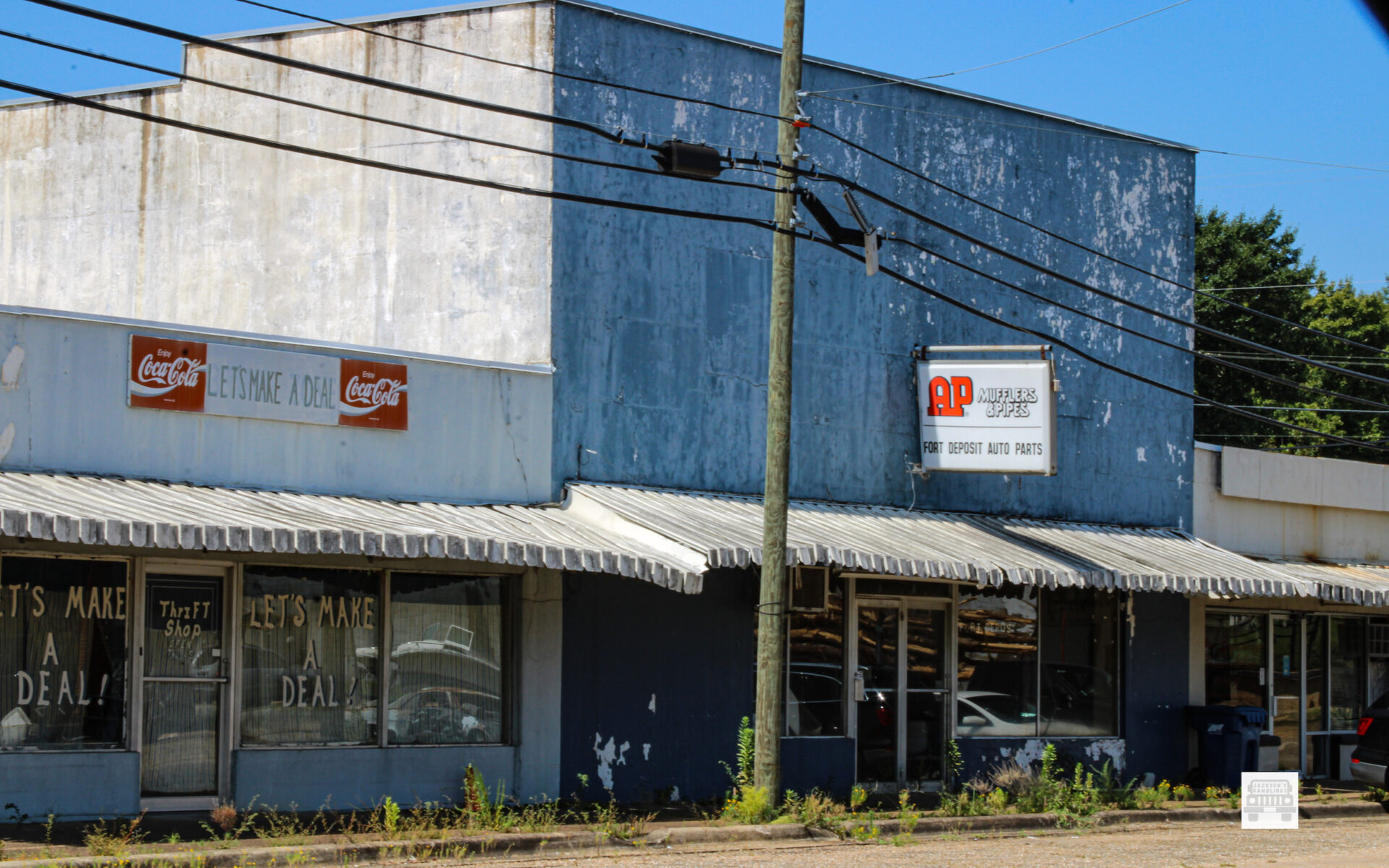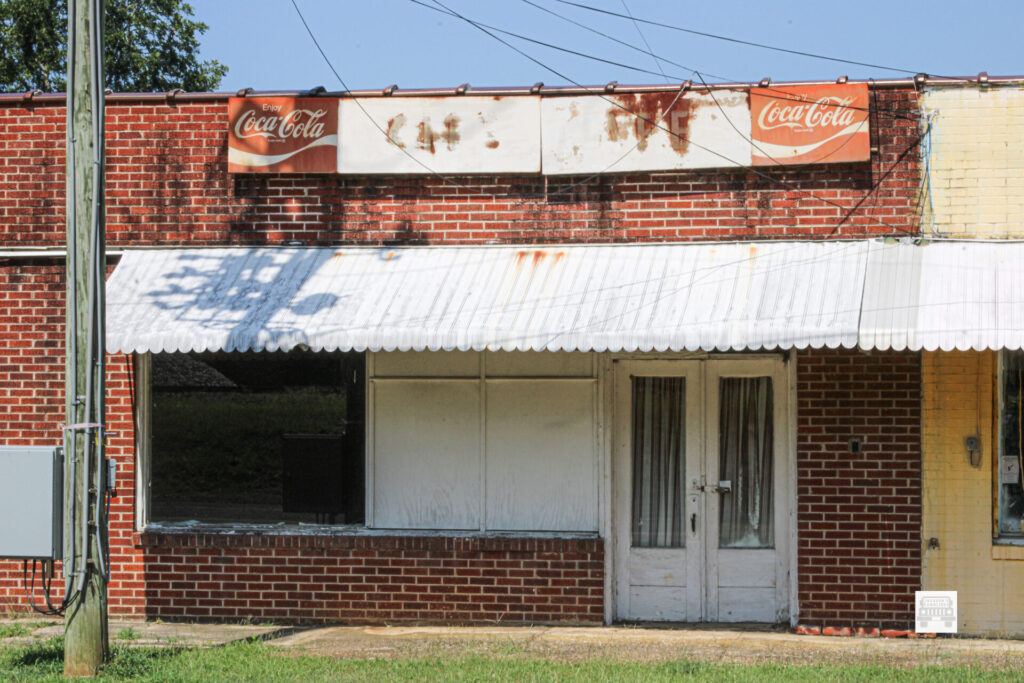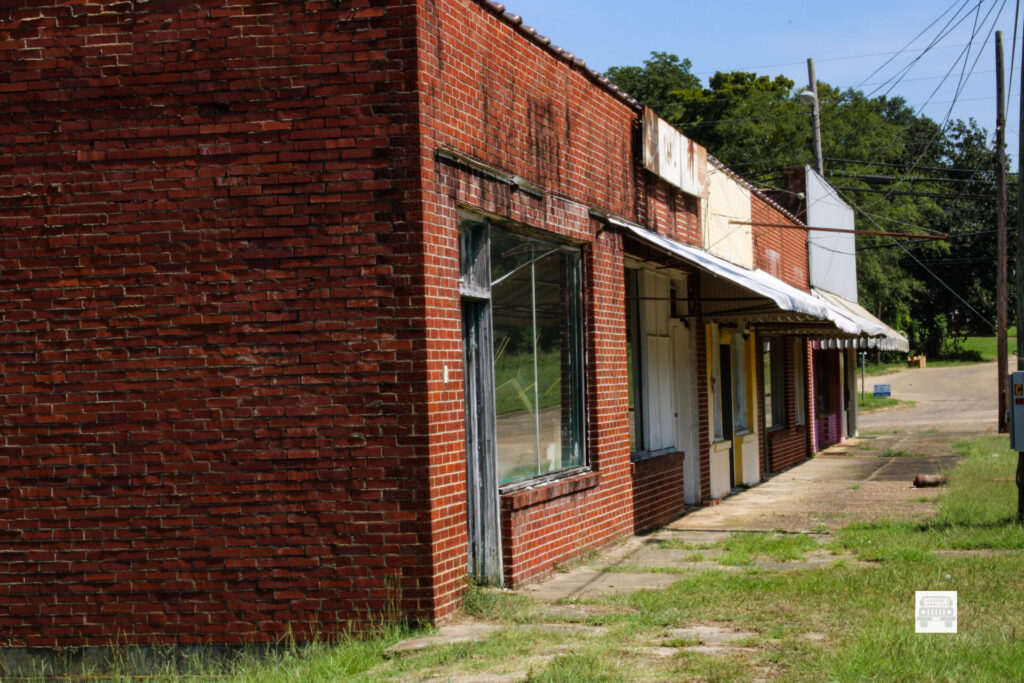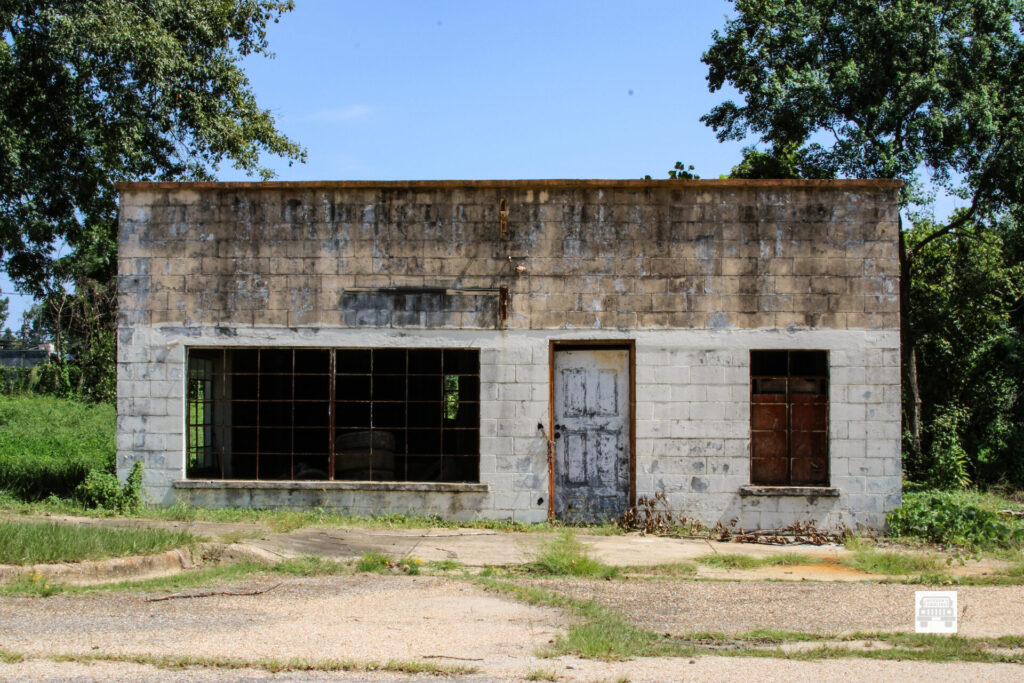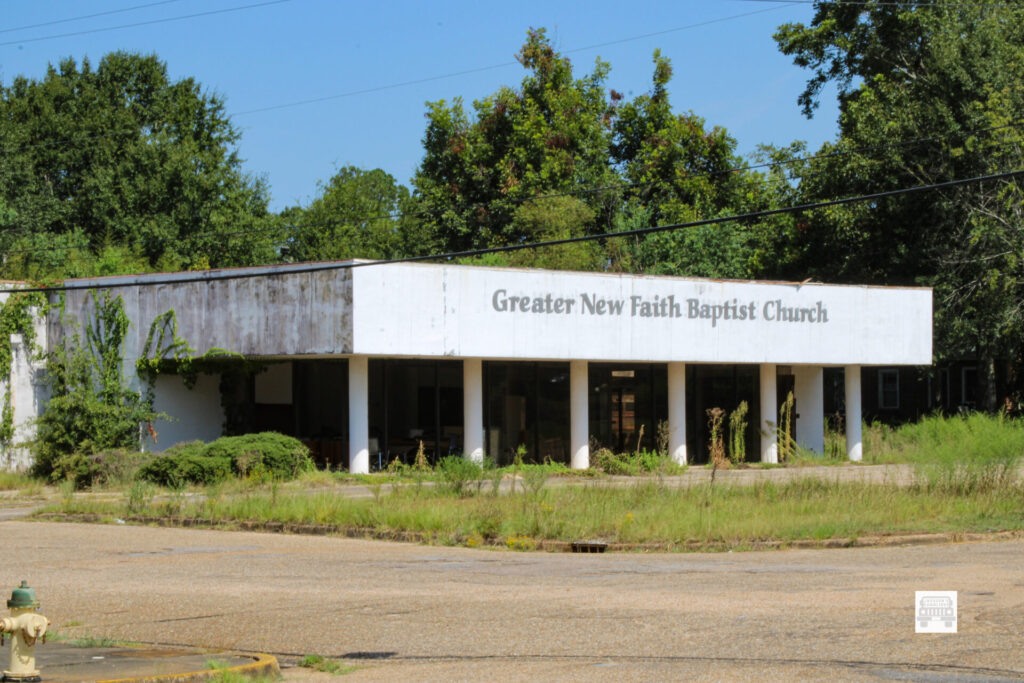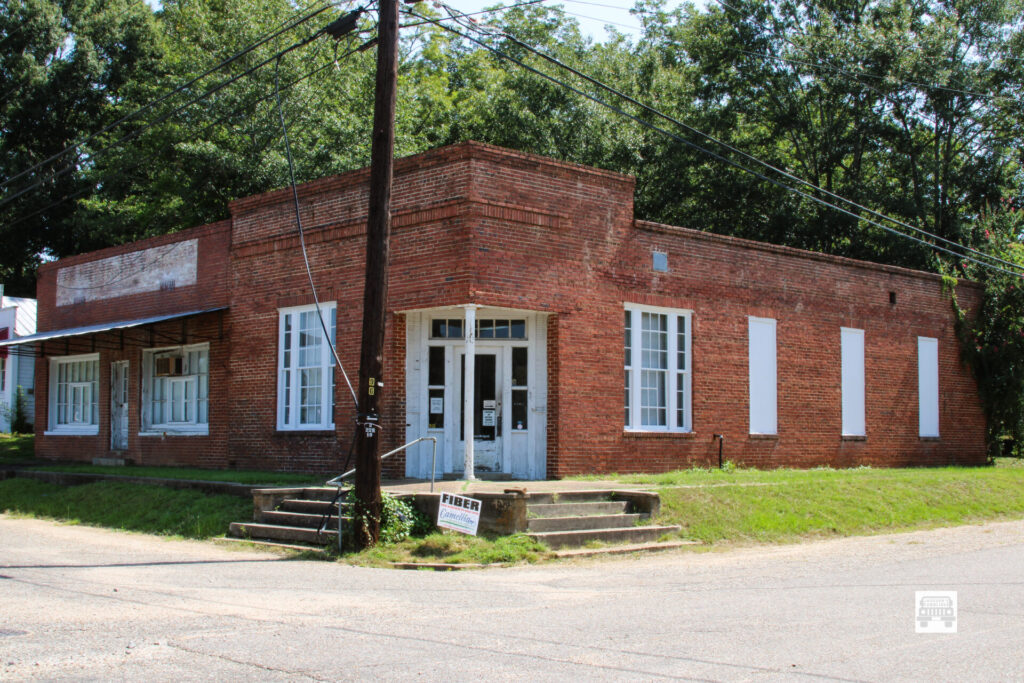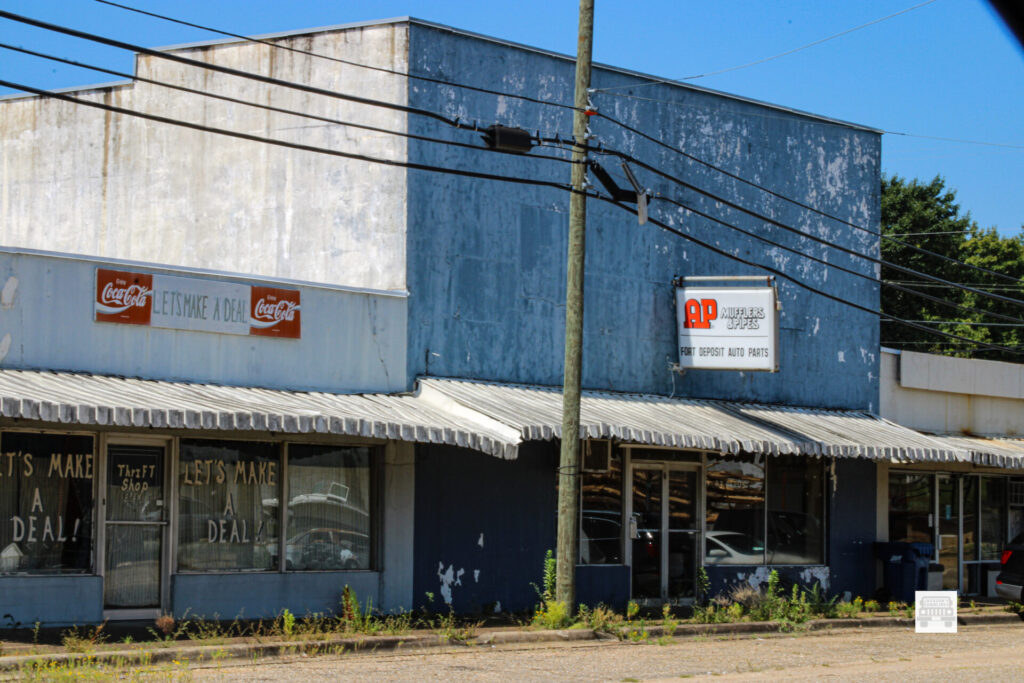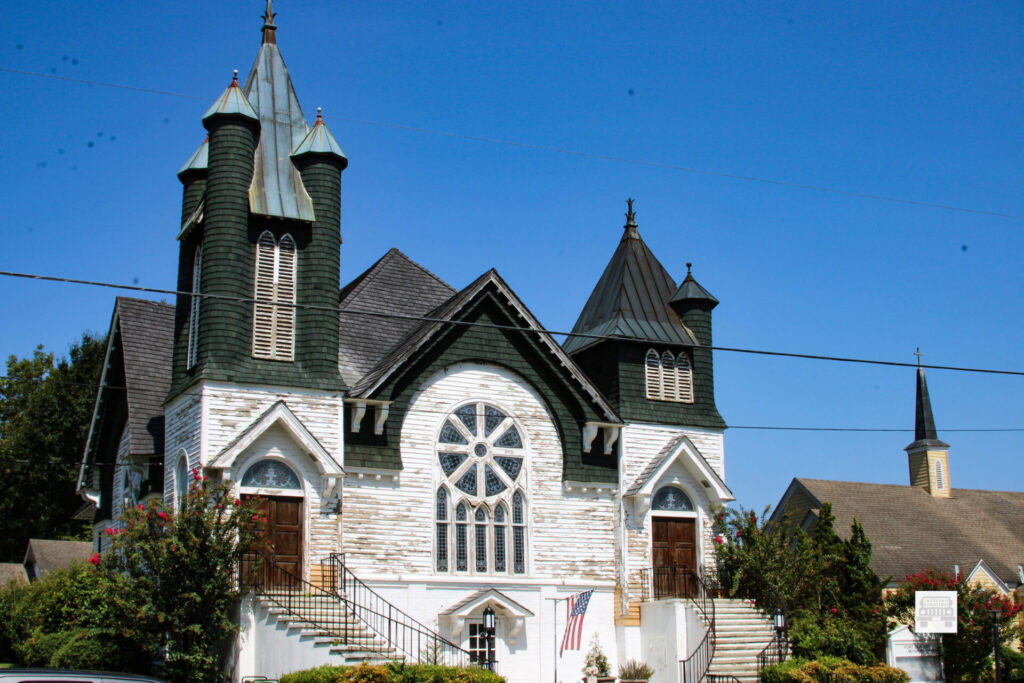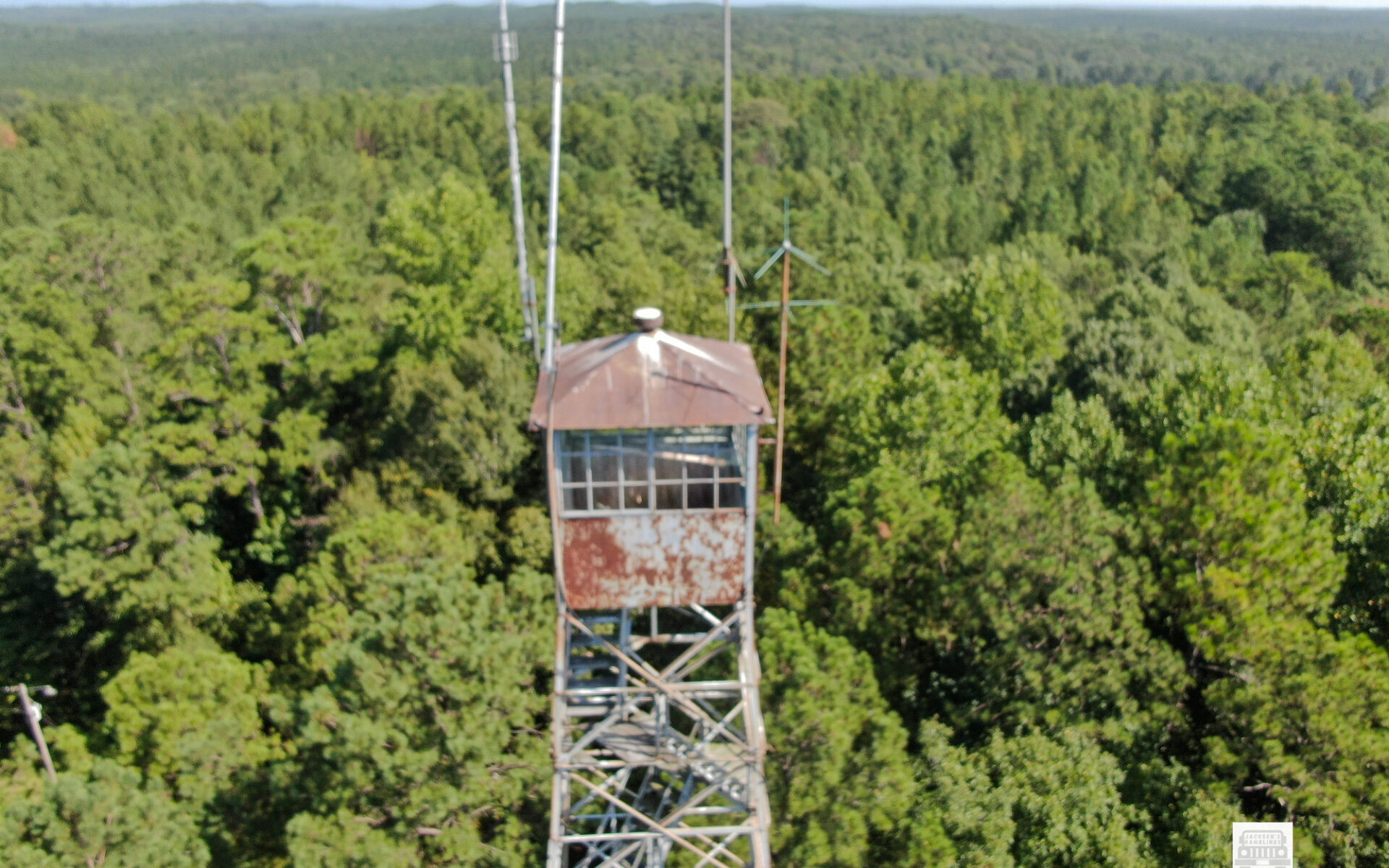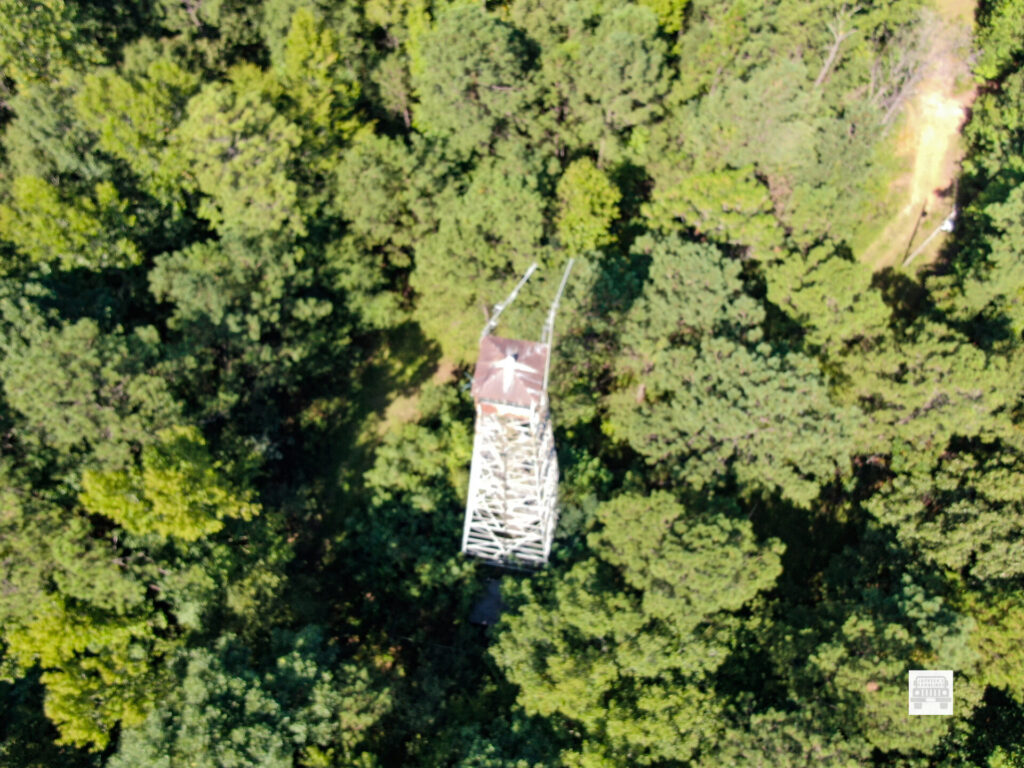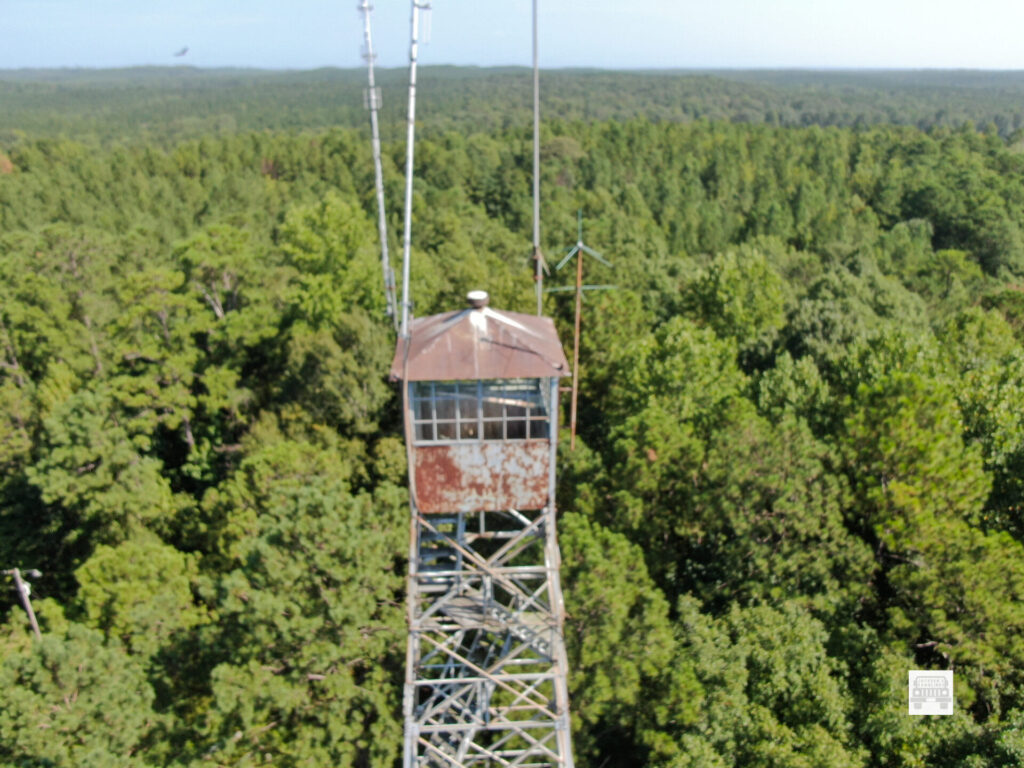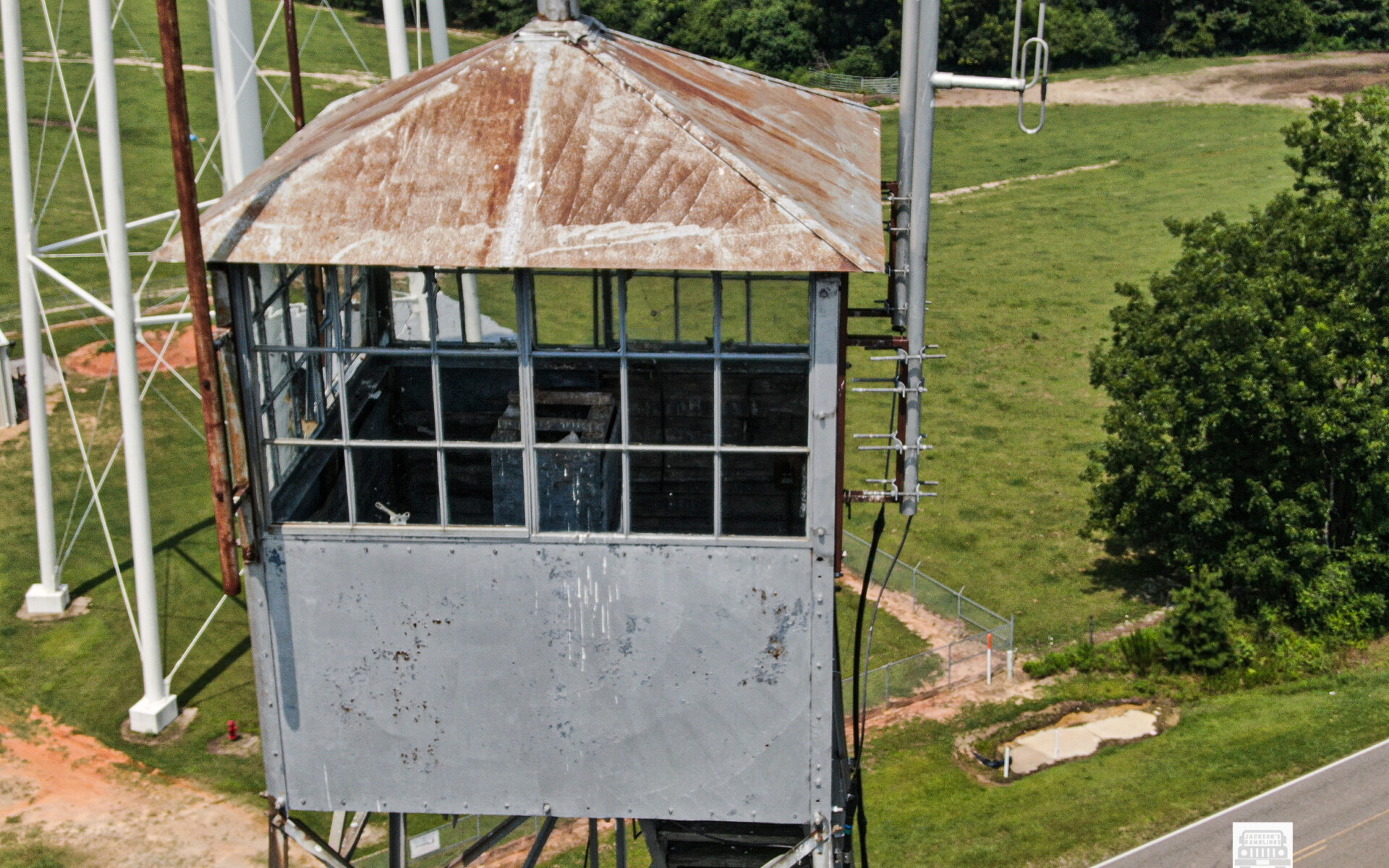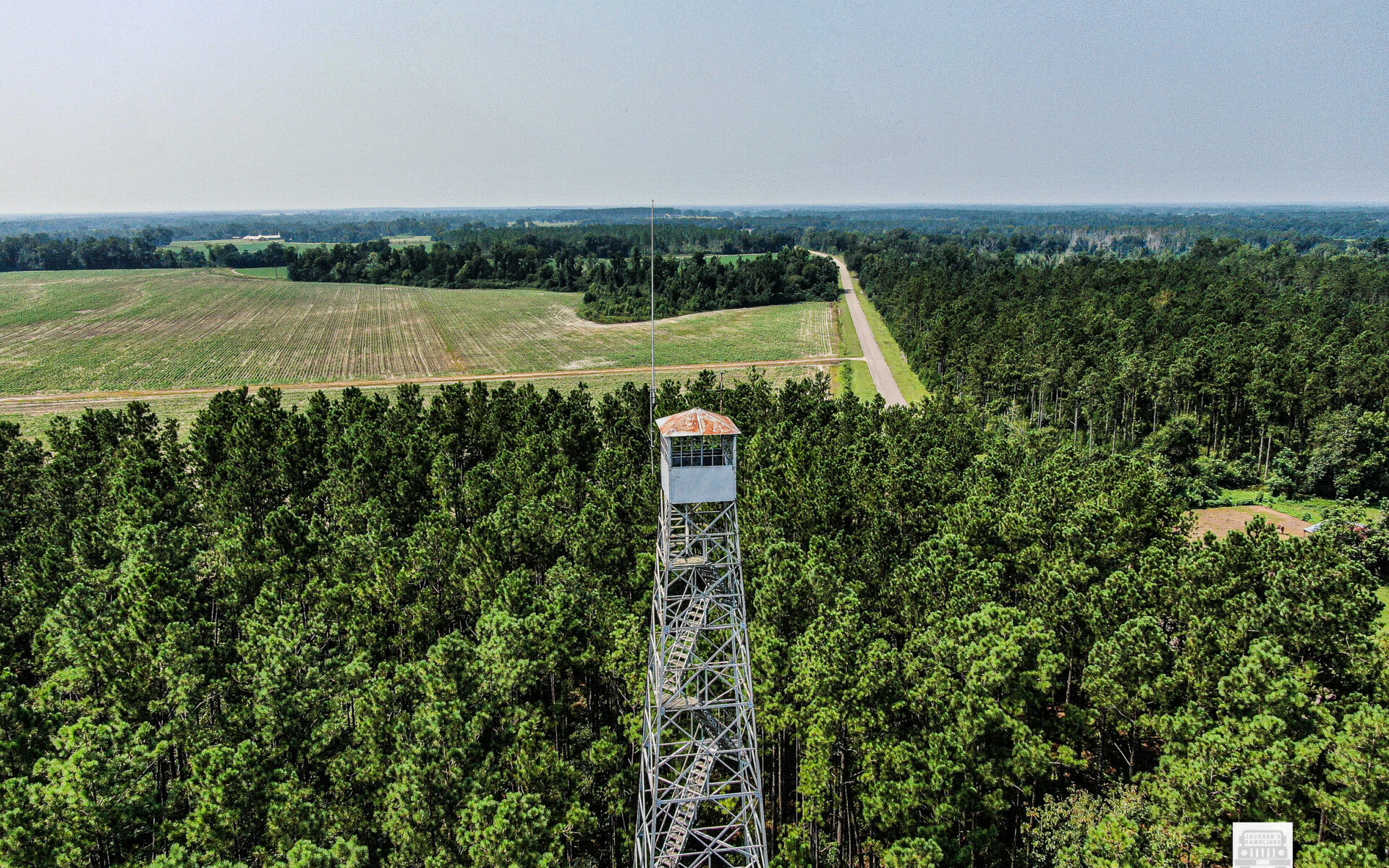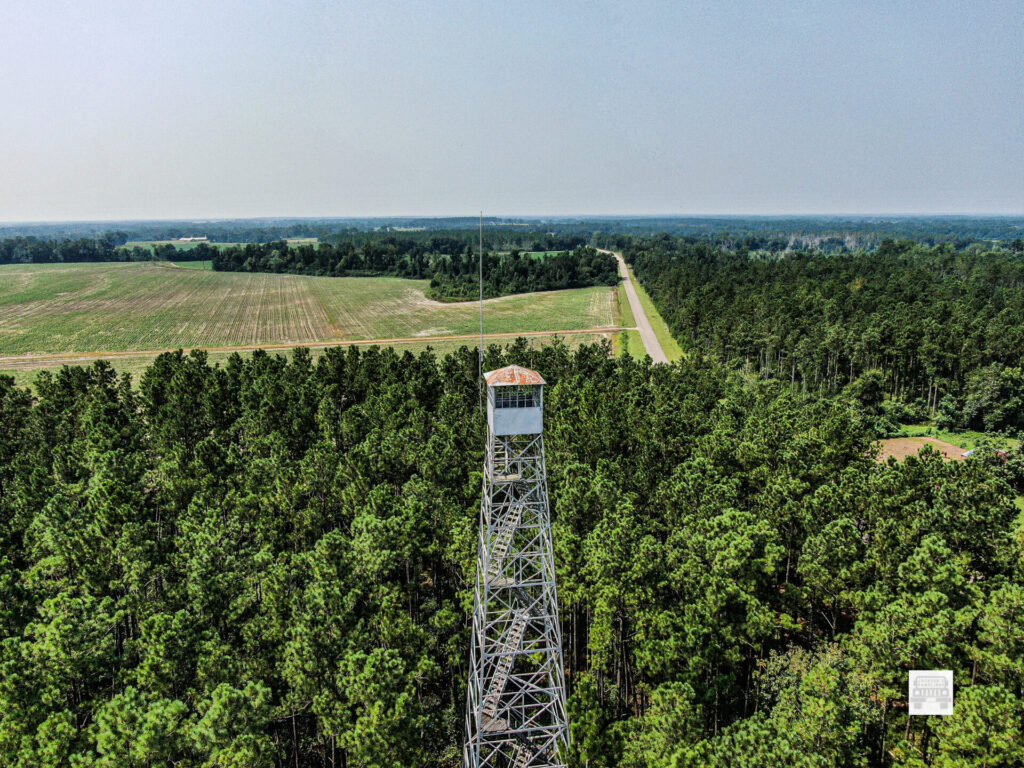Being raised in South Alabama in the 1960’s quilting and quilt makers were part of my family’s life. Both of my grandmothers were very good at it. My maternal grandmother made a more traditional type of quilts that were beautiful and sought after by many who knew her. My paternal grandmother made a more artistic type of quilts that were beautiful. She was a perfectionist and she made everything on one by hand and the stitches were incredible to look at.
I said all of that to say that I understand what goes into making beautiful quilts. It is a very long and time-consuming process.

For years I have heard of the quilters at Gee’s Bend Alabama. I knew that they were known far and wide as folk artist of the highest degree. Beings I am focusing on the Historic Black Belt of Alabama I am interested in anything going on in the Black Belt. Recently I saw a brochure advertising an event called the Airing of the Quits at Gee’s Bend. I told my wife that we needed to go.
We marked the date and prepared to go. As normal I was up very early, and I sat pondering on the day to come.
First off, I started reminiscing of quilts of the past my grandmothers had made. Then I started thinking on this thing of airing the quilts. I remembered in years past my grandmother Knight and my great aunt would air their bedding. Another term they used for this was “sunning their mattresses” or sunning their bedding.
This served several purposes, but the fresh fall air and low humidity of this time combined with the bright sun would air anything out that was musty. It would make them feel and smell fresh. I honestly do not know if it is true or not, but they thought that the rays from the sun would kill anything that was germs ect. in the bedding as well.
I was wondering if that was why this event was called the Airing of the Quilts or if it had a different reason for the name of the event. To be honest did not talk to anybody nor find anywhere online that mentioned the reason for that name for this event.
We drove up to Gee’s Bend from Monroeville. We were going to try to catch the ferry across but realized when we got to the sign giving the time schedules of the ferry that we were not going to make the current ferry out and it would be over an hour wait till the next one. So we drove around through Alberta and went in from the other side.
As we started nearing the area, we started seeing flags standing beside the road giving the distance from the event. The closer we got to the main event the more we also started seeing quilt displays in yards of different houses.
We realized that this was a community wide event. Numerous houses had quilts in the yards hanging on racks and there were different places set up beside the road that were selling what appeared to be different food items. The closer in we got into what was the main area the more congested it was starting to get. The traffic was not that terribly bad going in.
Upon our arrival we were greeted by a friendly young lady who asked if we wanted to park, and she directed in to be parked. Parking was very efficient. Everything was set up like it was a well-planned event. In the parking lot were porta-lets but they were very clean and placed conveniently.
The first thing we noticed were that there were cars there from many different states. We saw cars with tags from Minnesota, Kentucky, Florida, Texas, and others as well. There were tags from many different counties of Alabama also.
We went on in and were amazed at the beautiful handwork we saw. It was incredible. I understand why these quilts are famous worldwide.

As I walked around and looked at the handwork I overhead different people talking. I saw different types of work. I met so many friendly faces. It is still amazing that these ladies for what is now generations have been making these quilts for decades. They have quilts hanging in some of the finest galleries throughout the Unites States. This is true folk art in my opinion. It depicts the true spirit of creating things out of necessity that shows the greatness of humanity.
These ladies of the past made quilts out of whatever they could get their hands on. Many times, it would have been scraps from clothes already worn. It might have been scraps of material that they got to for clothes they were making for themselves and their kids. These were made from necessity to keep their families warm, in shanty houses that were not sufficient to survive without such.

As we walked around and looked, we saw so much community. There were games of various kinds. There was a Disc Jockey playing music. It was truly a grand ole time. Everything was set up perfectly. There were food booths of various types. It was obvious that this was not the first time that these people in charge had organized this event. It was like a well-oiled machine. Kudos to everyone involved who made this day happen. Well done.
We made the rounds and saw the displays actually twice. The stitch work was so nice. The colors were so vivid. Above all the people who were displaying were so nice friendly and happy. As we were leaving, we saw a steady stream of cars coming in. There was at least one charter bus we met coming in as we were leaving.
I highly recommend that anybody who is interested in this sort of thing, or likes pure beautiful folk art, take time to find the dates for this event next year. This is truly a spectacular event.



